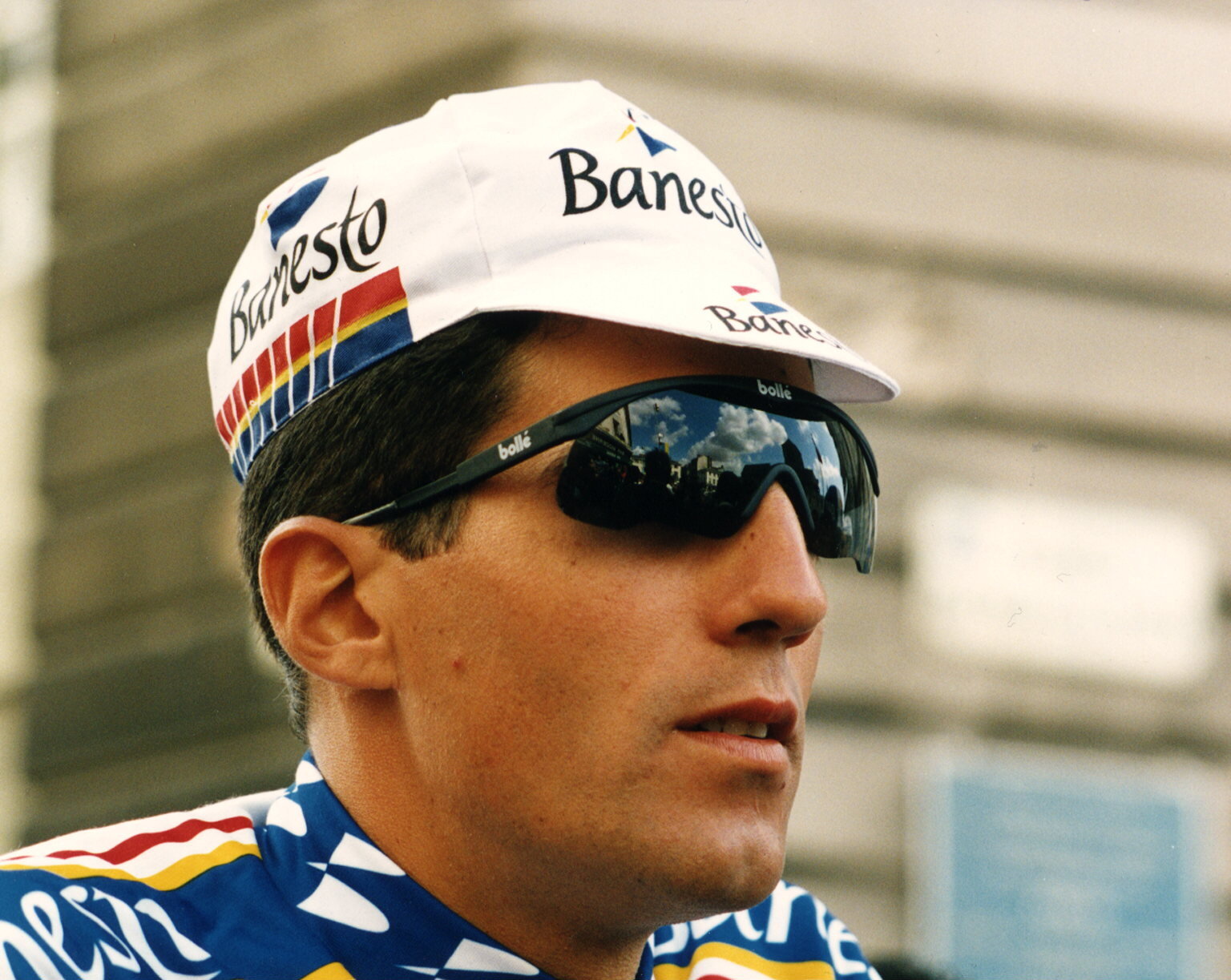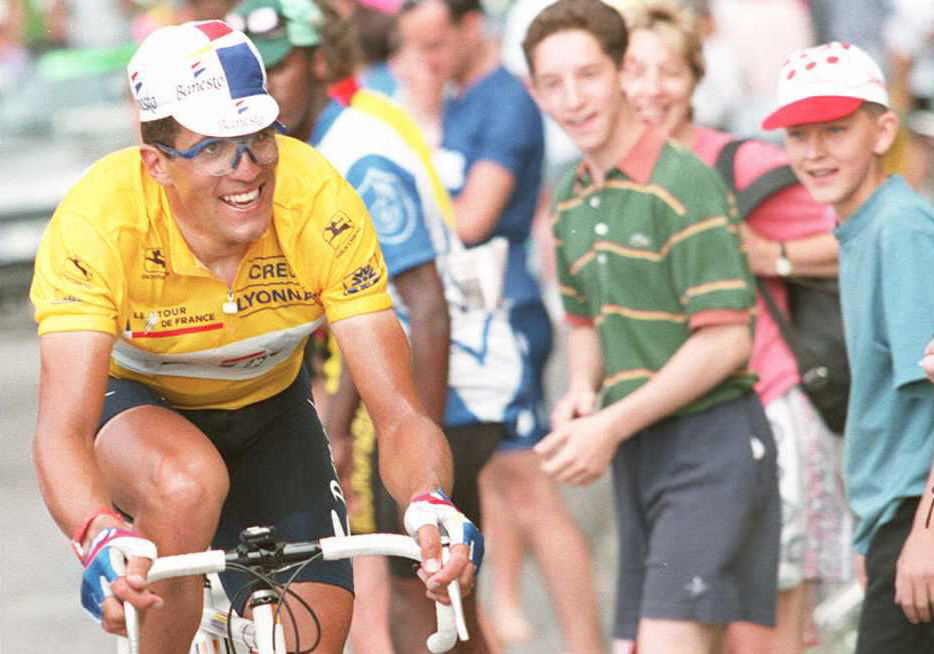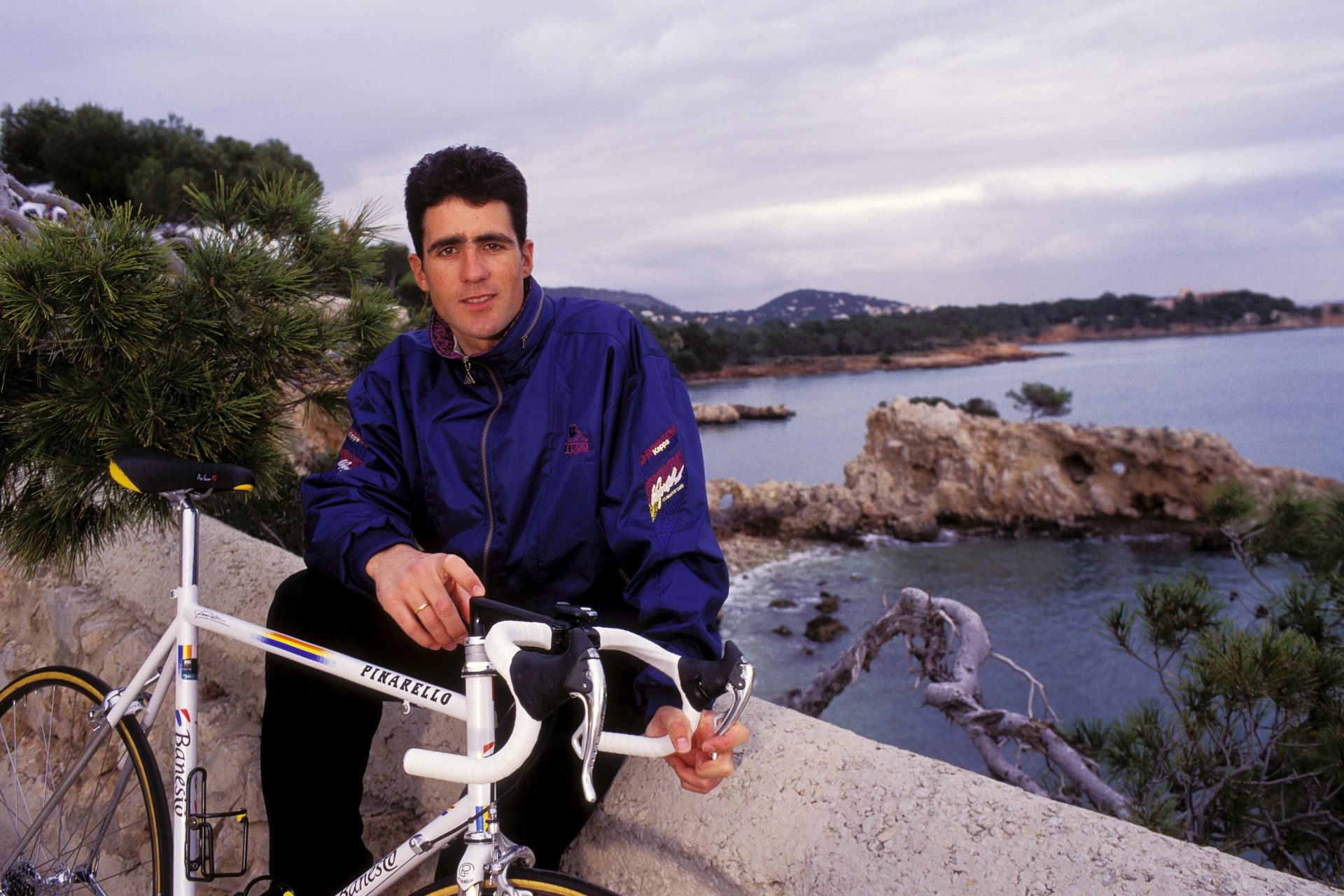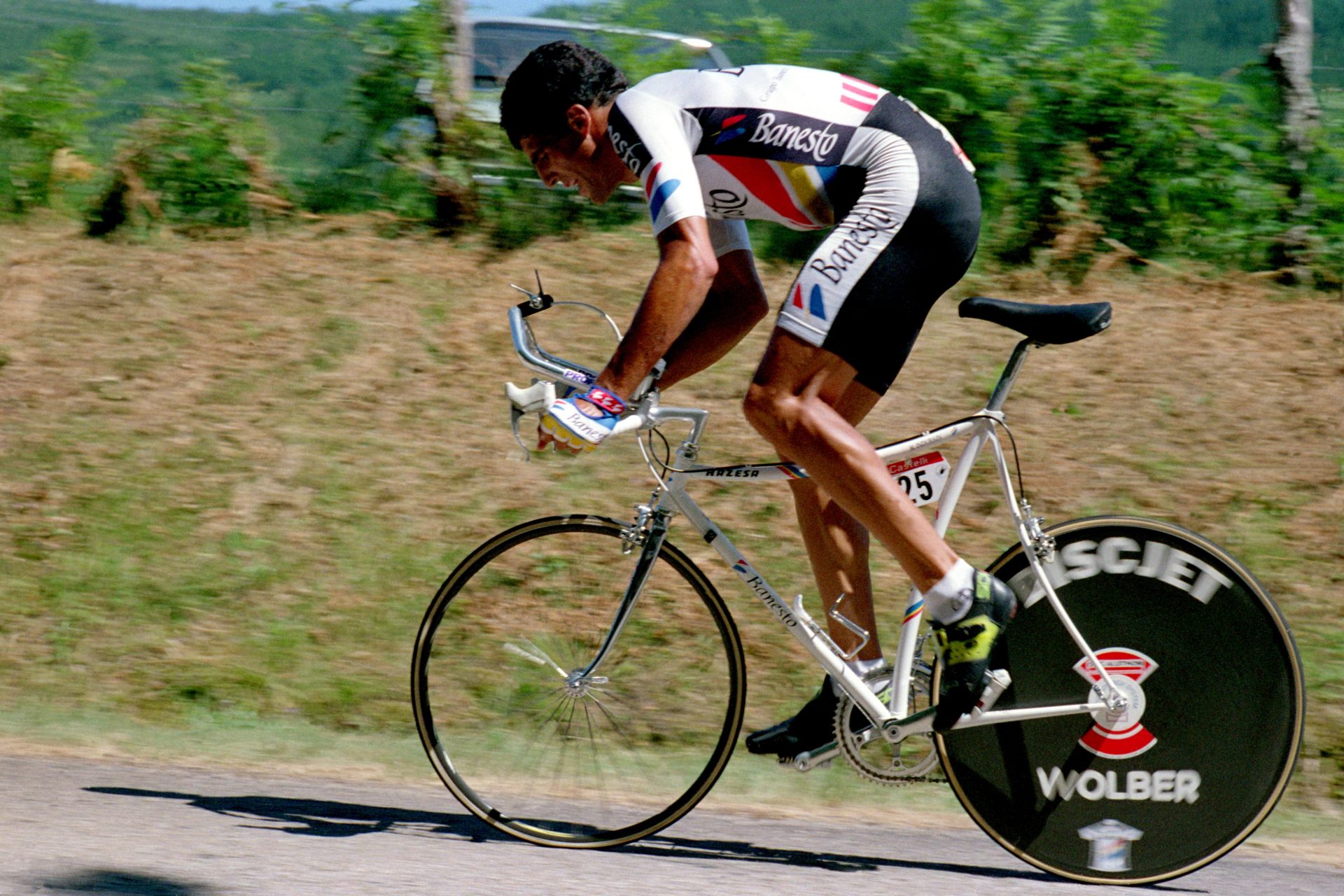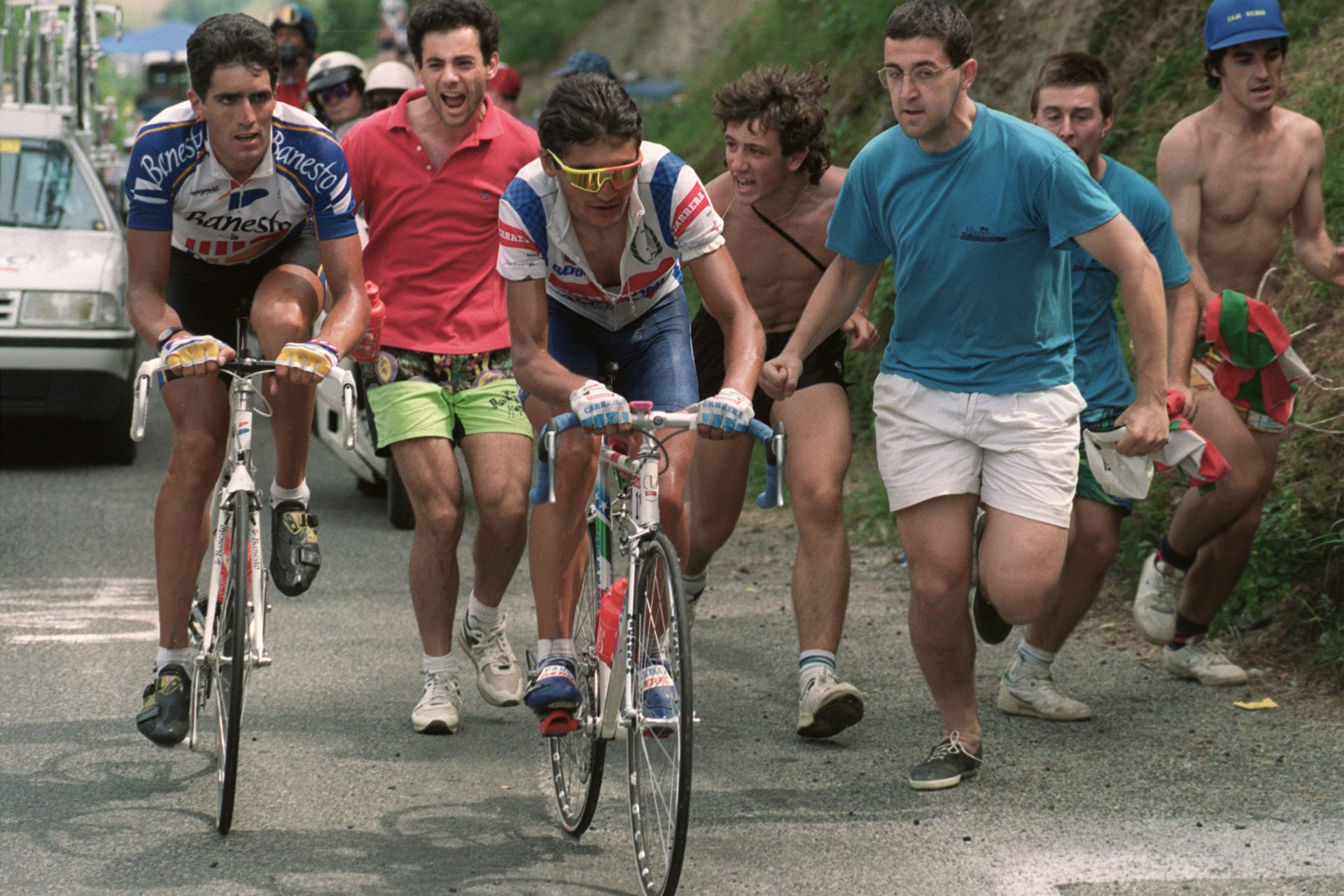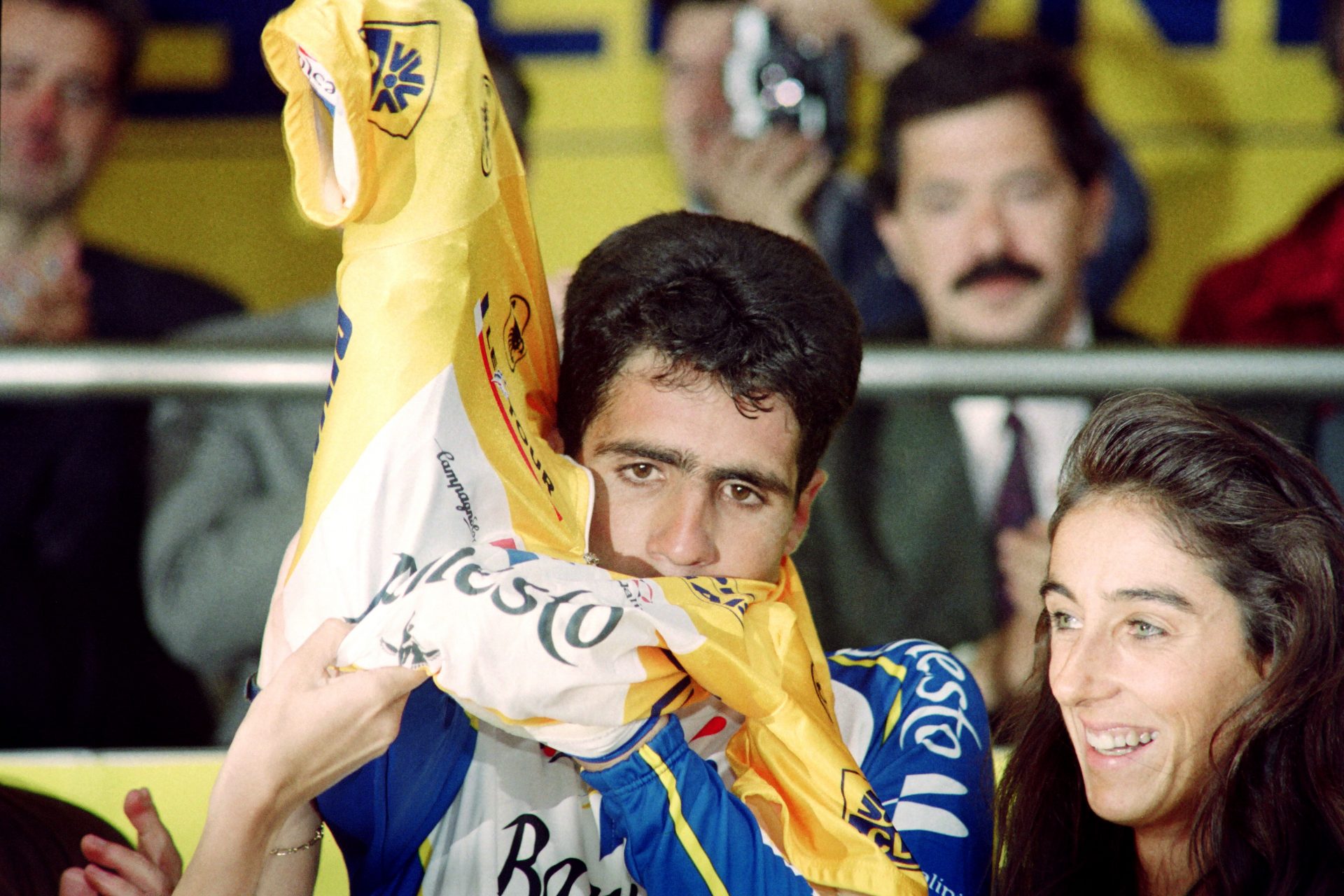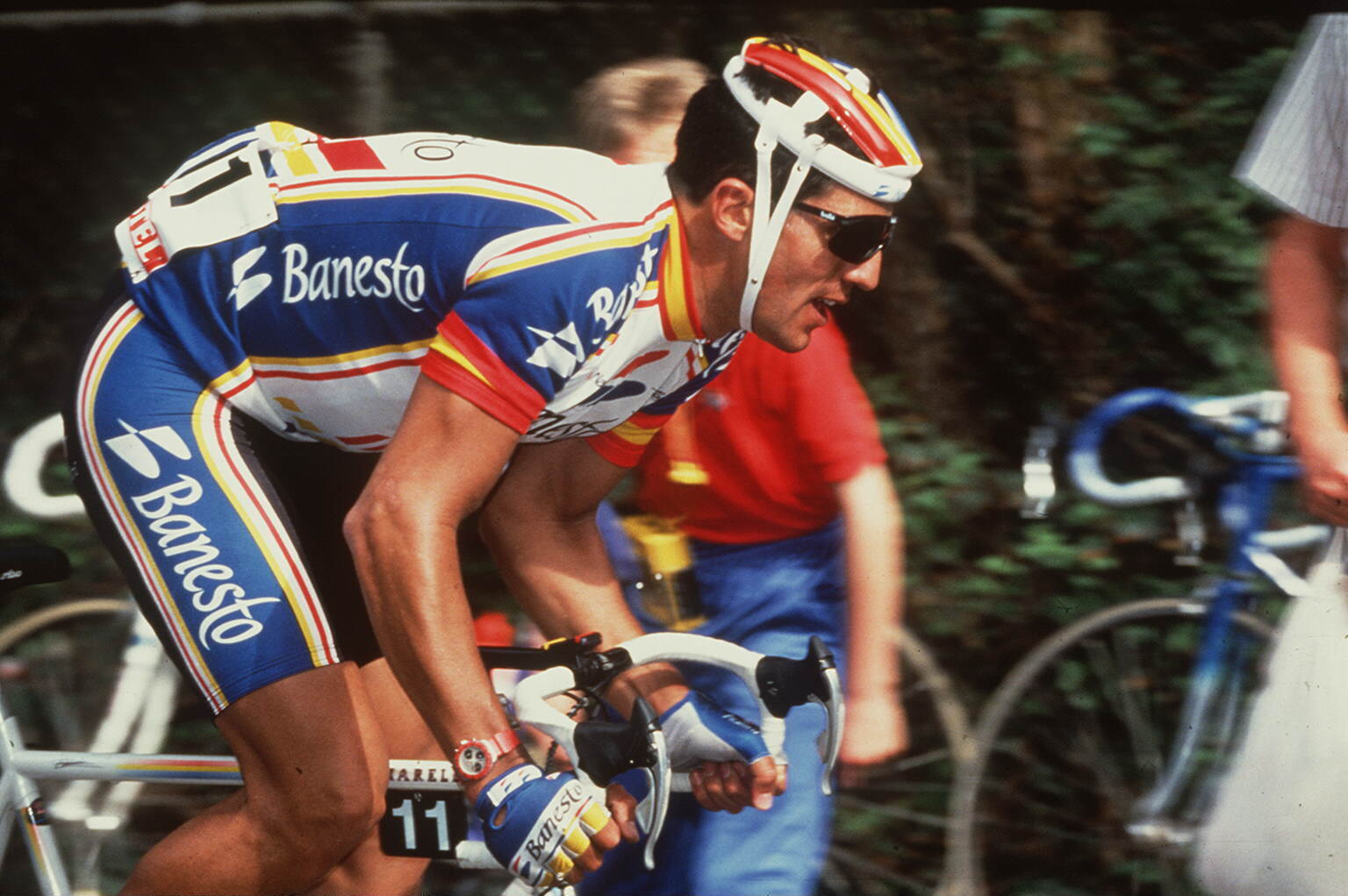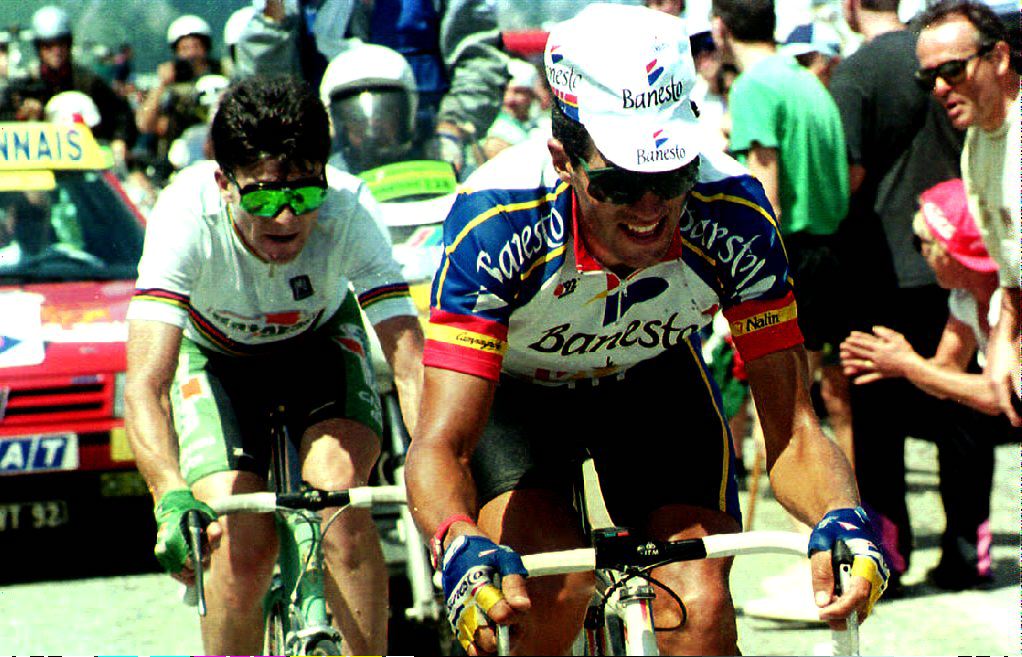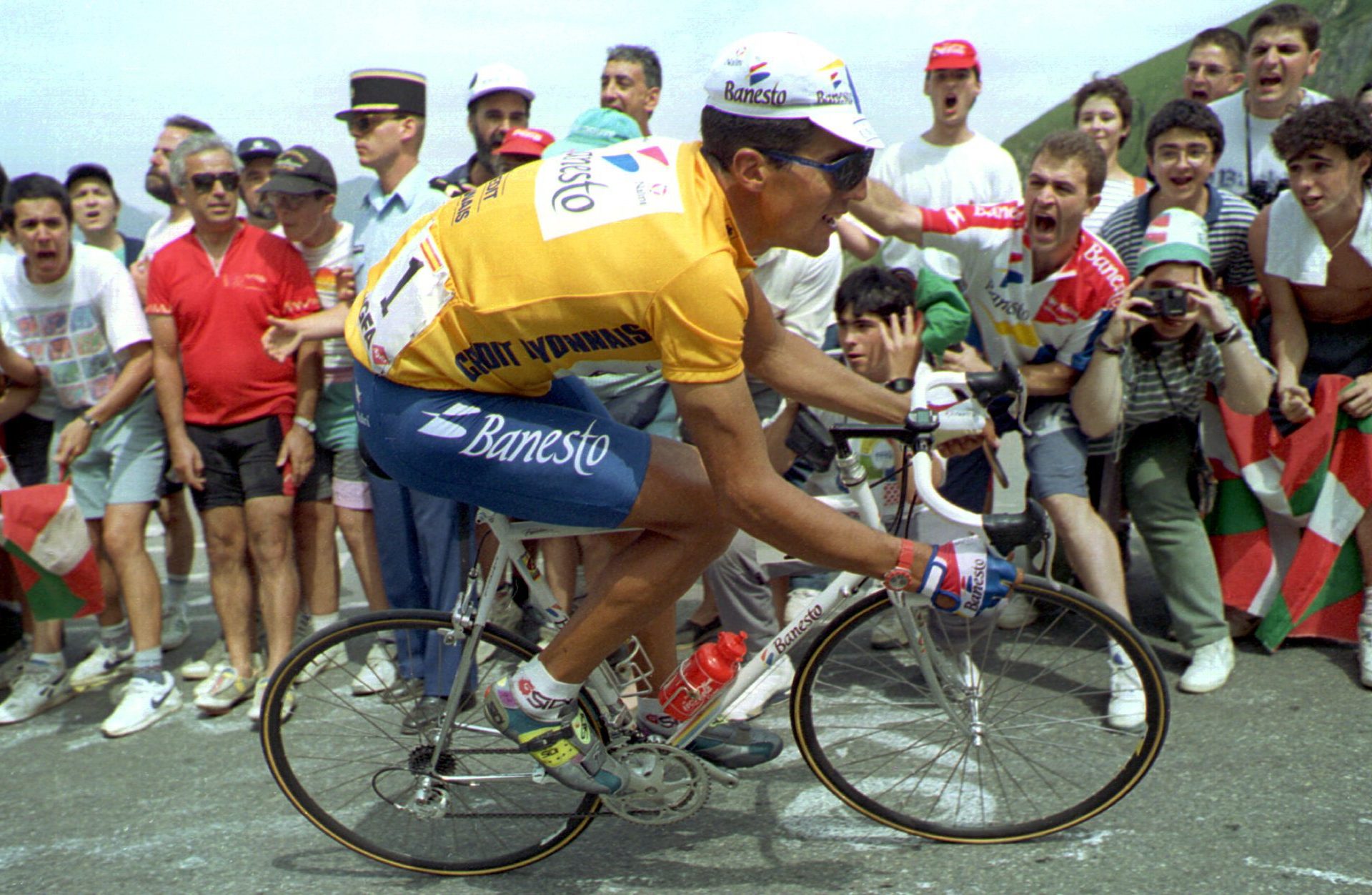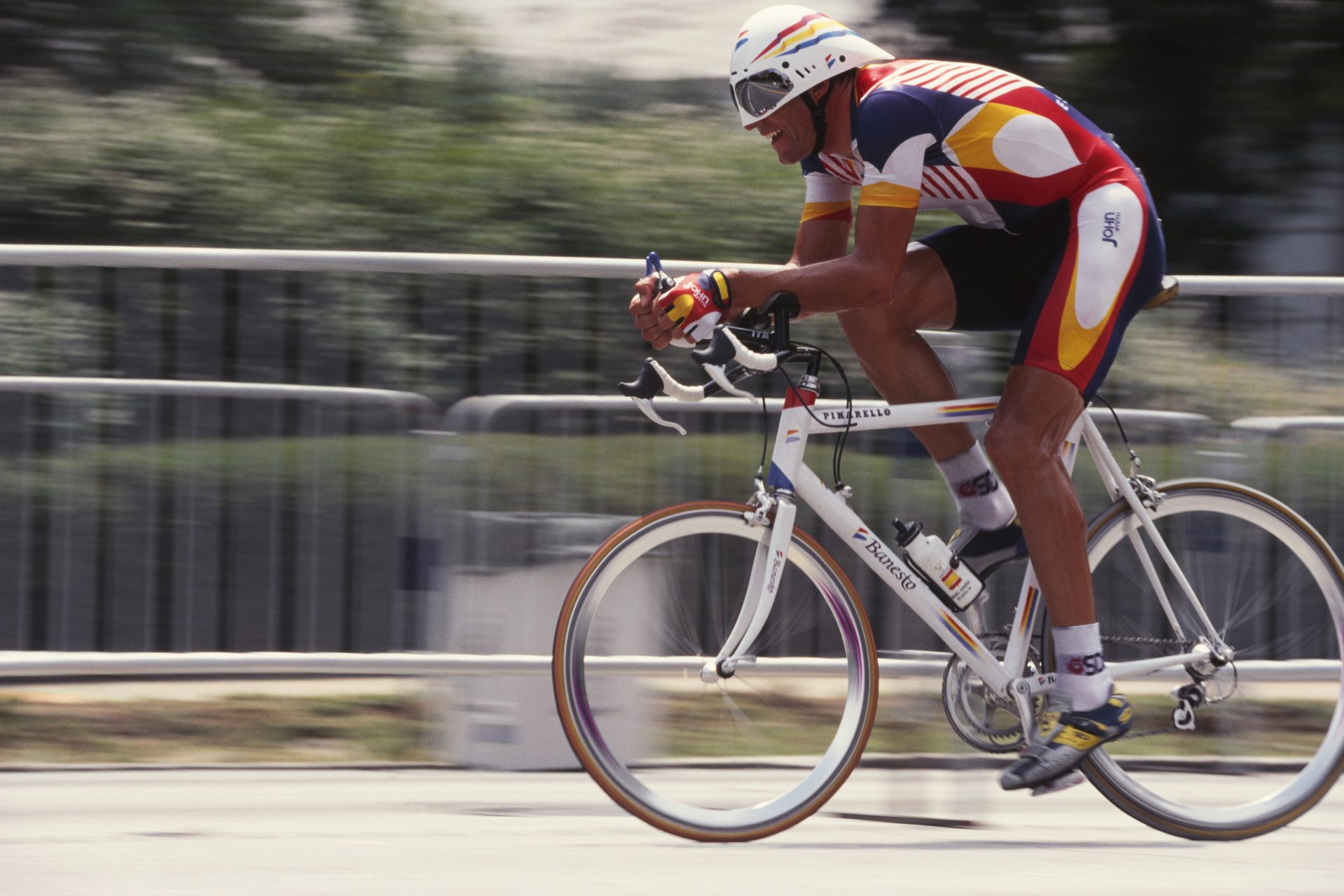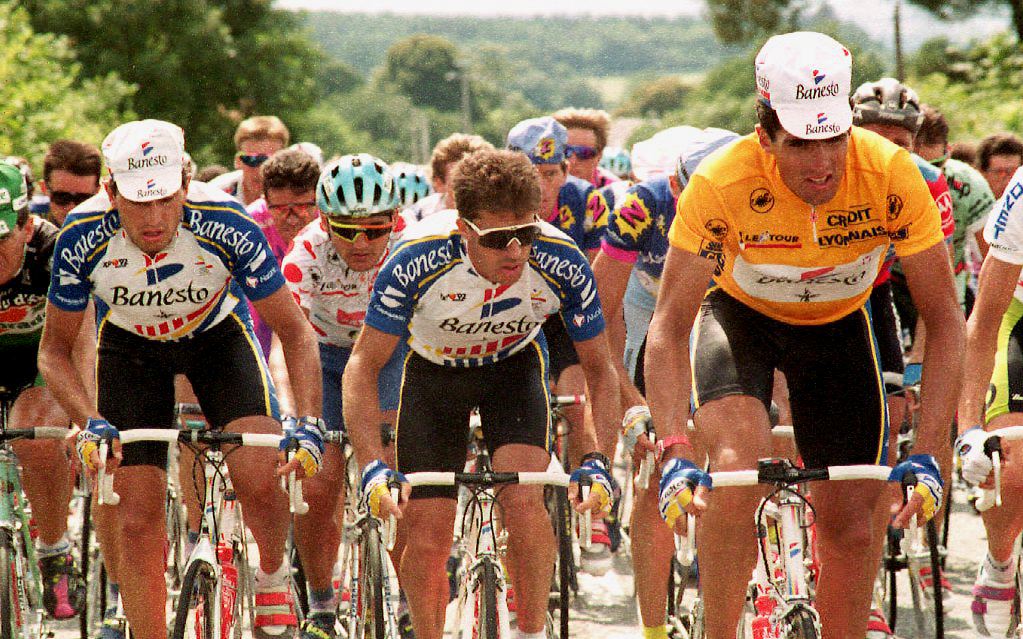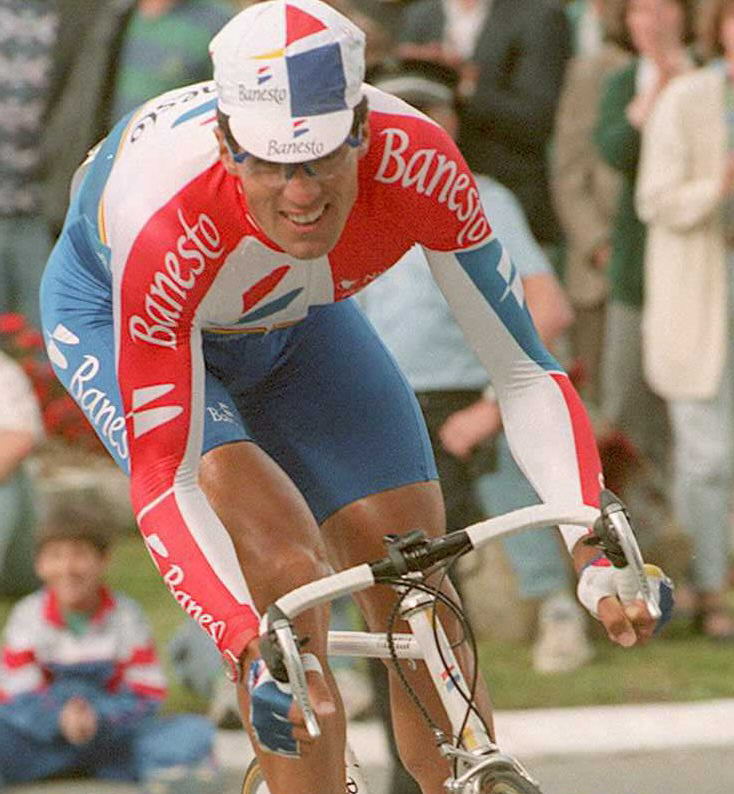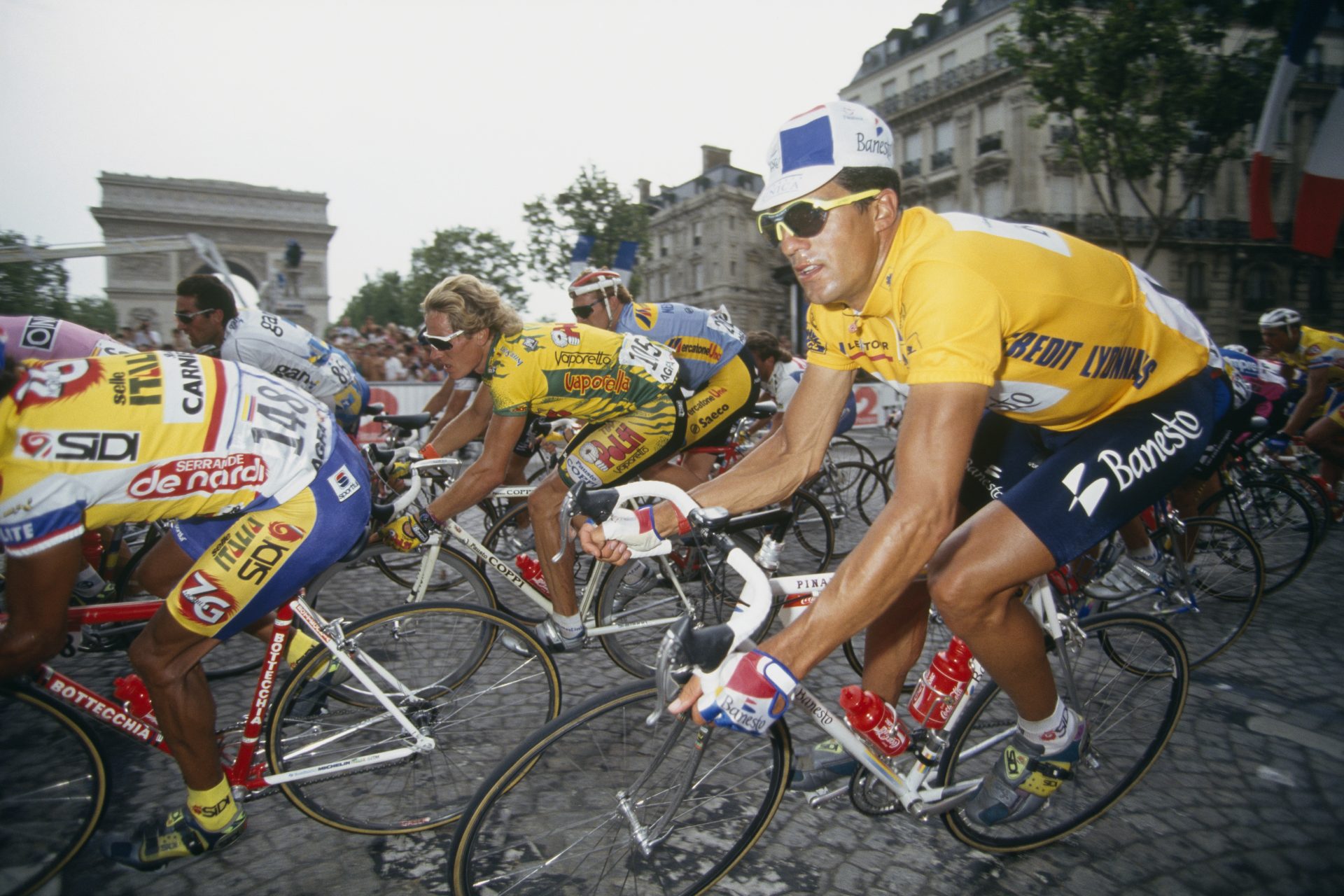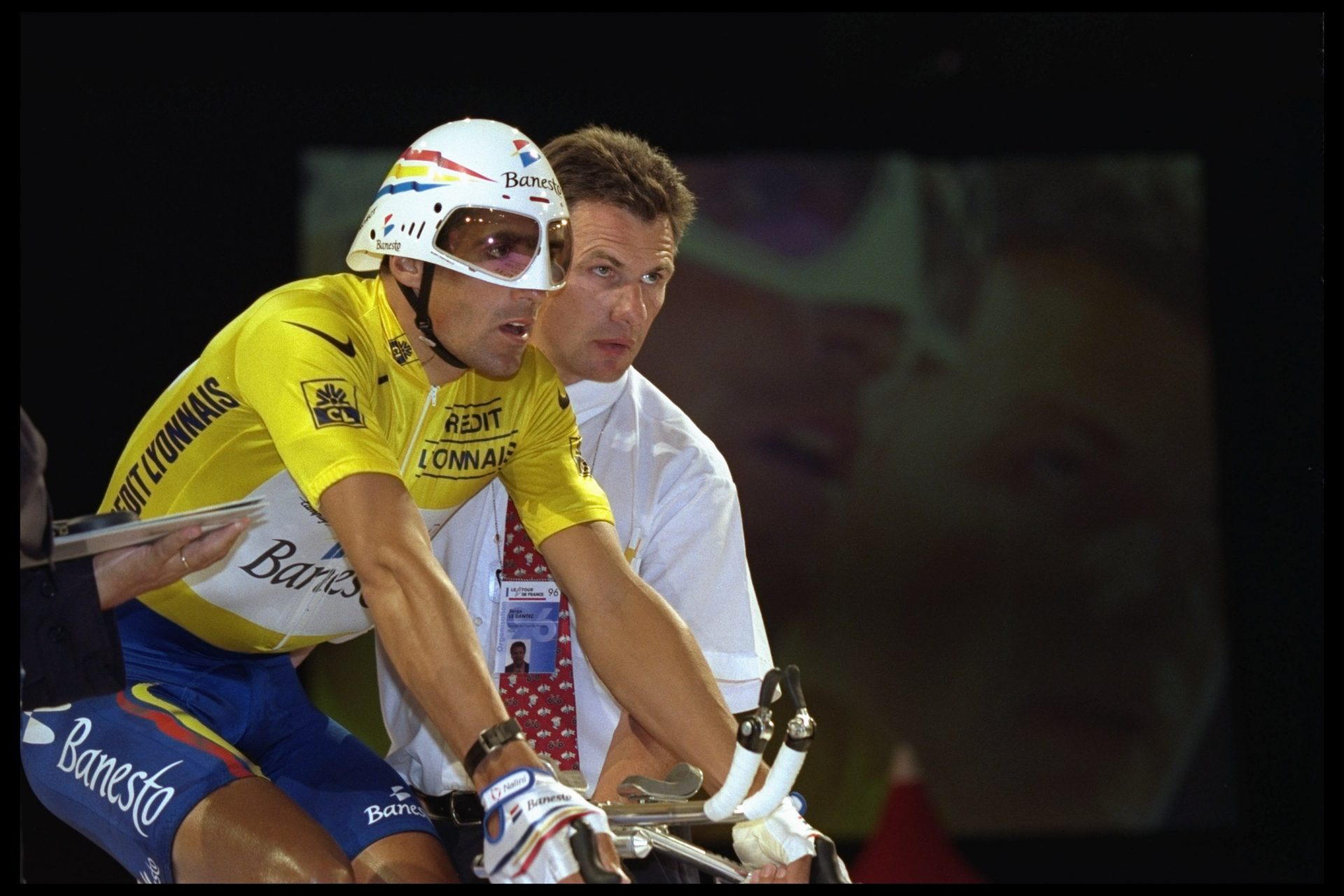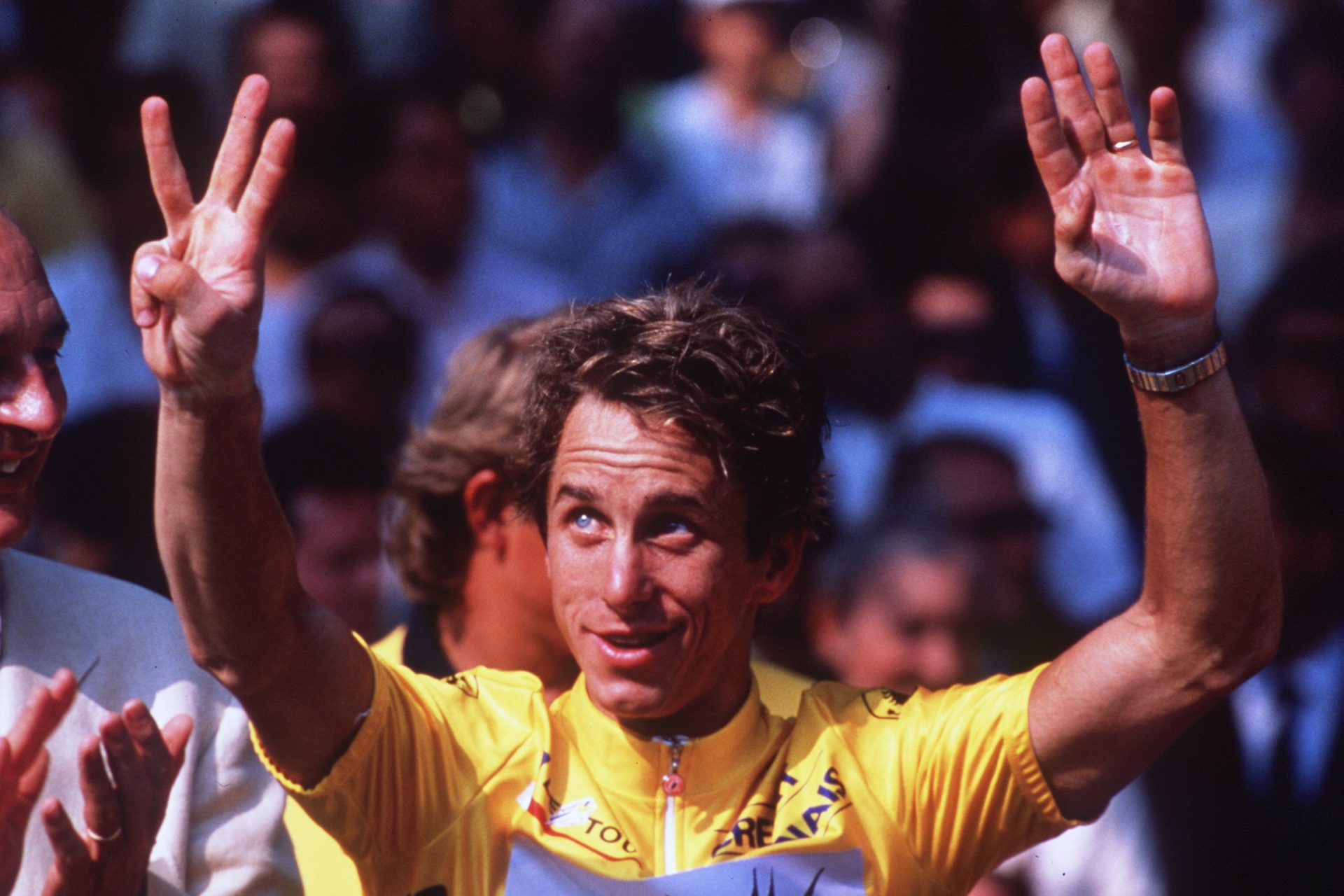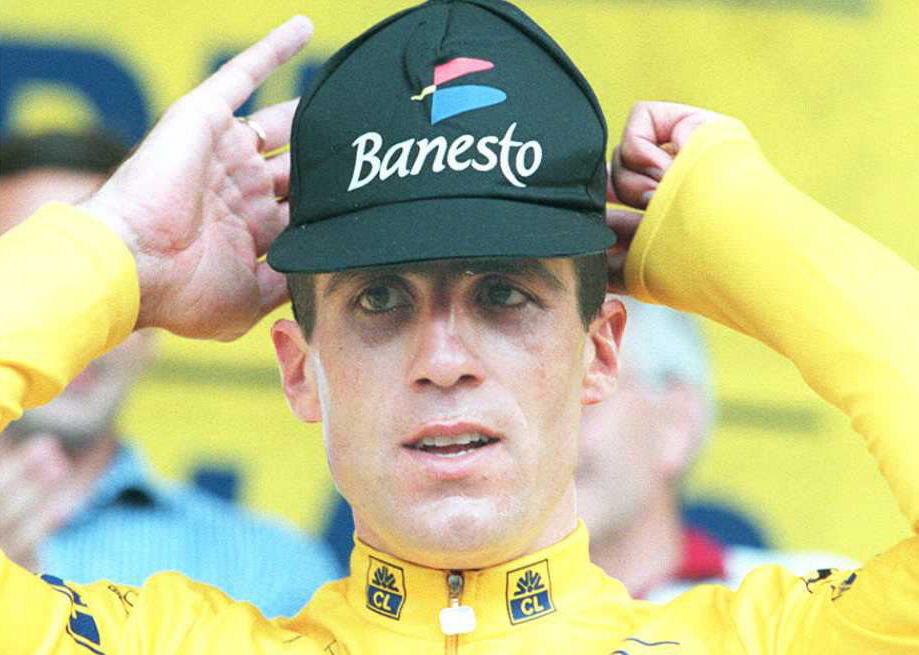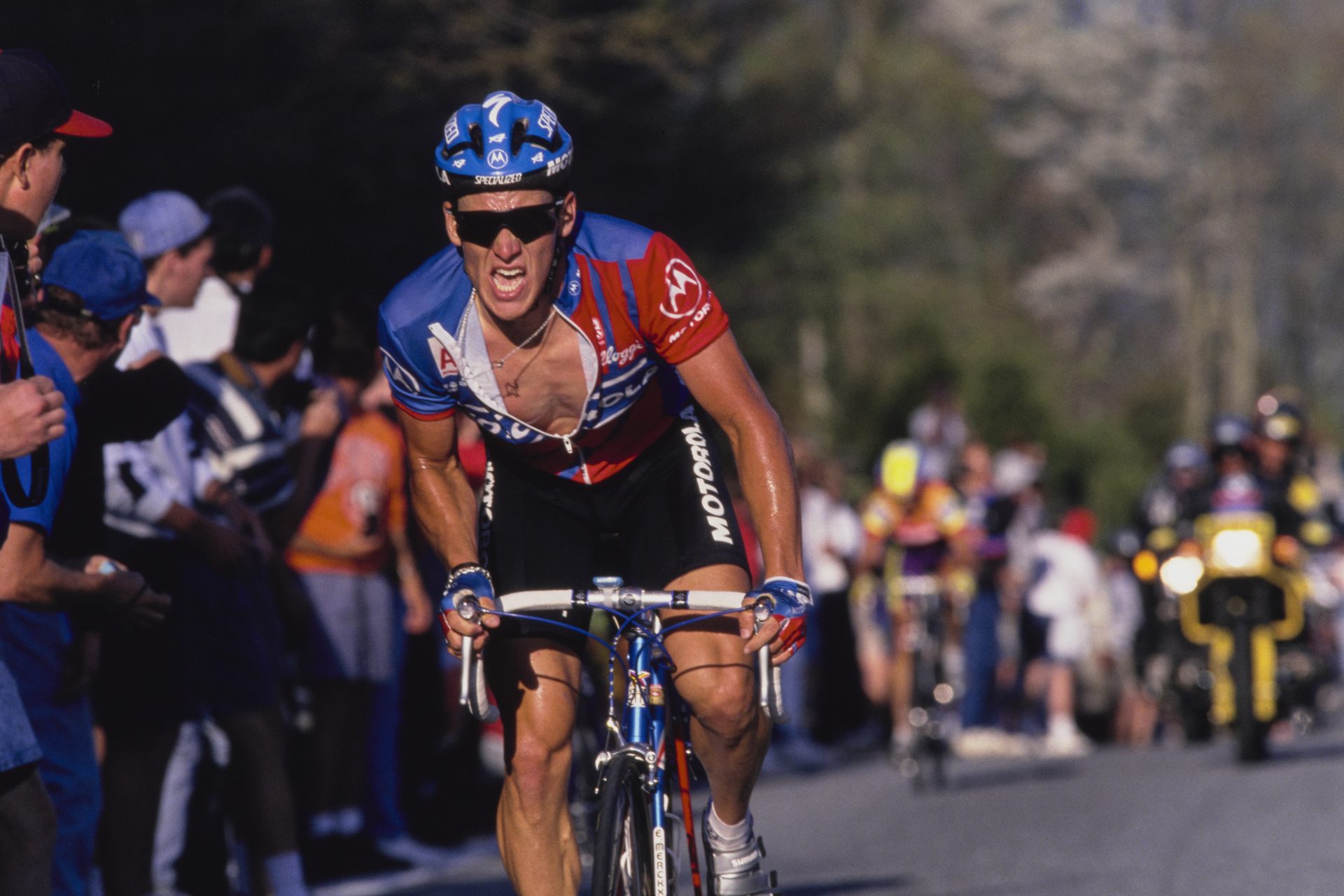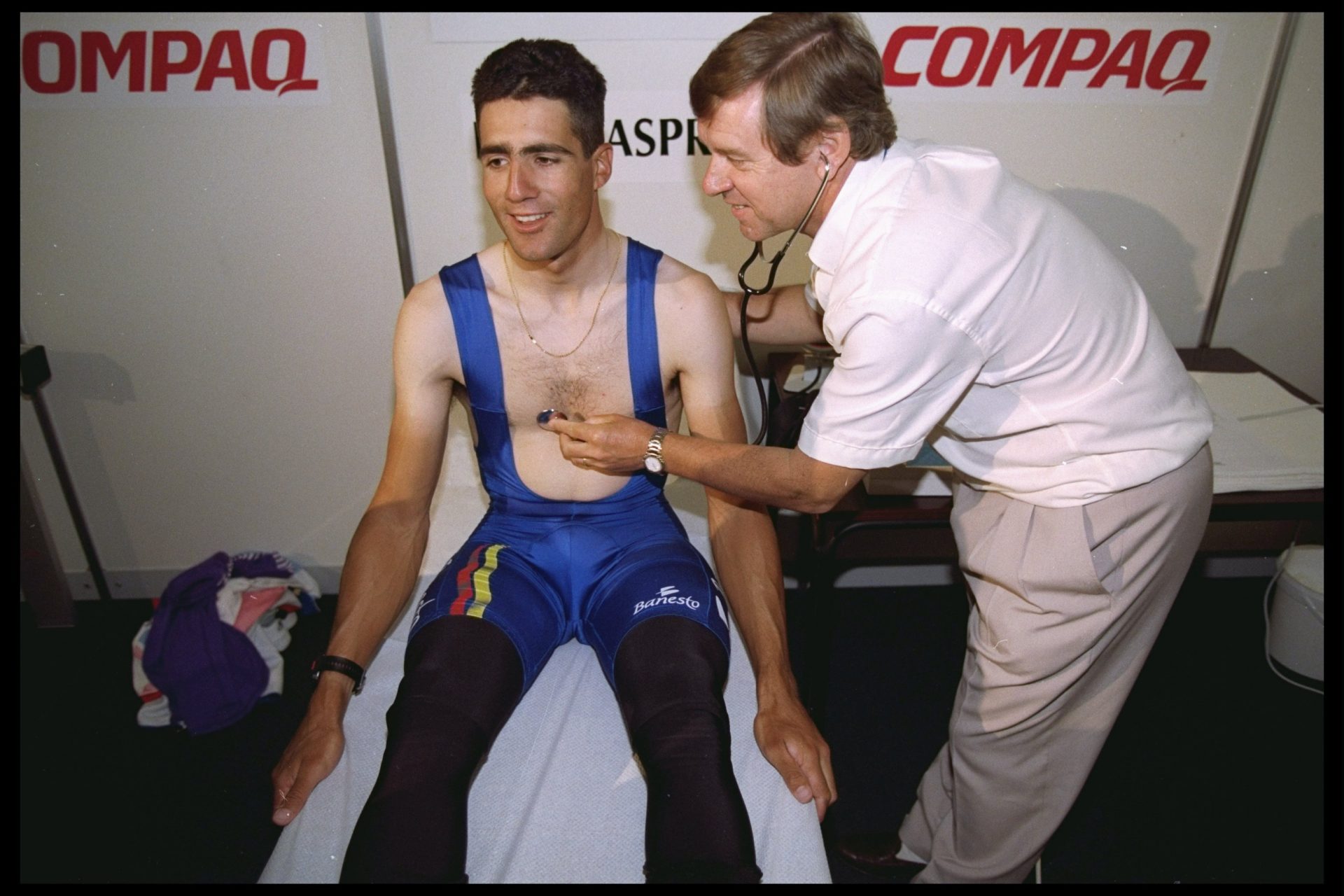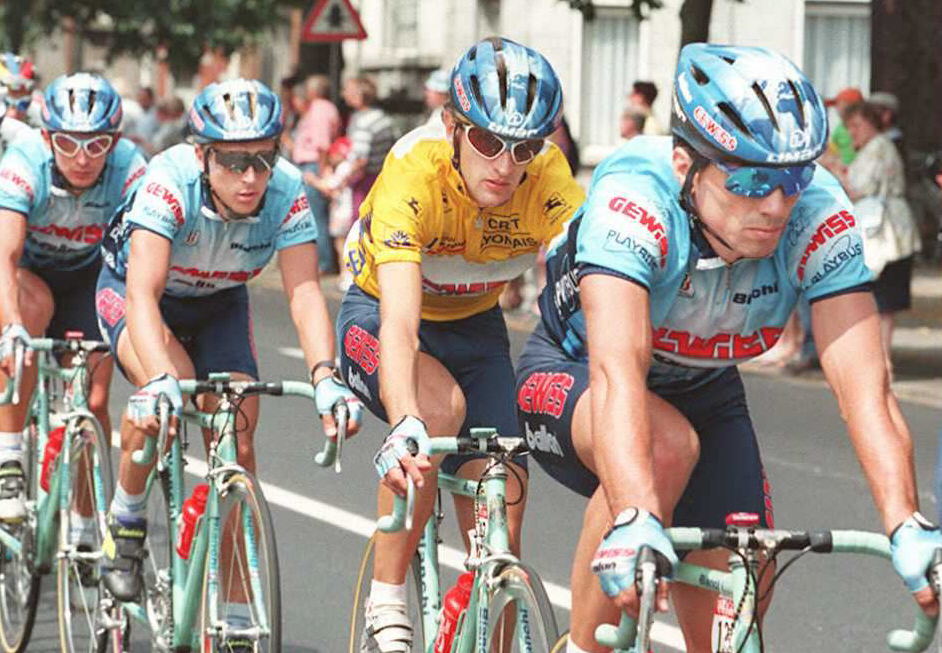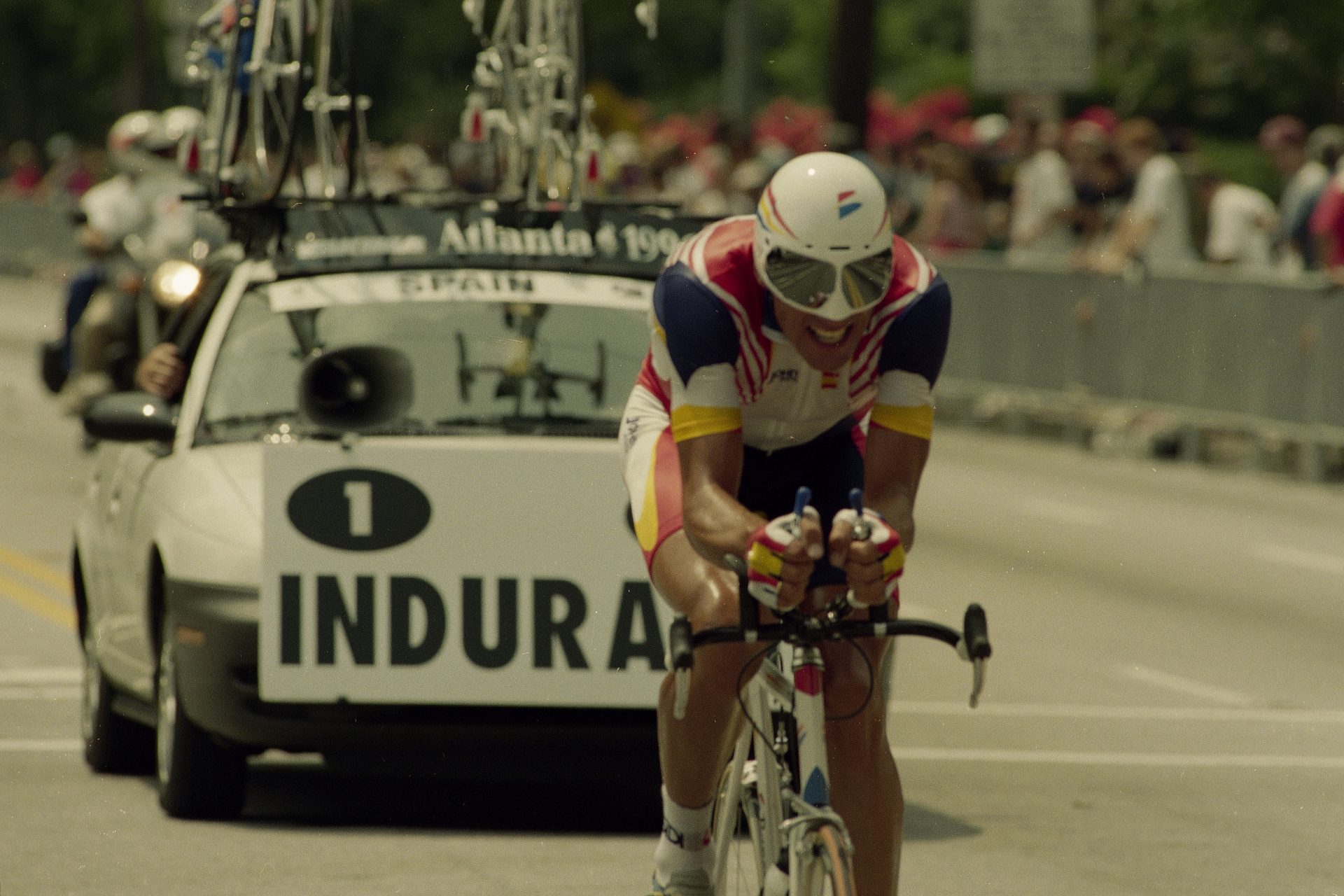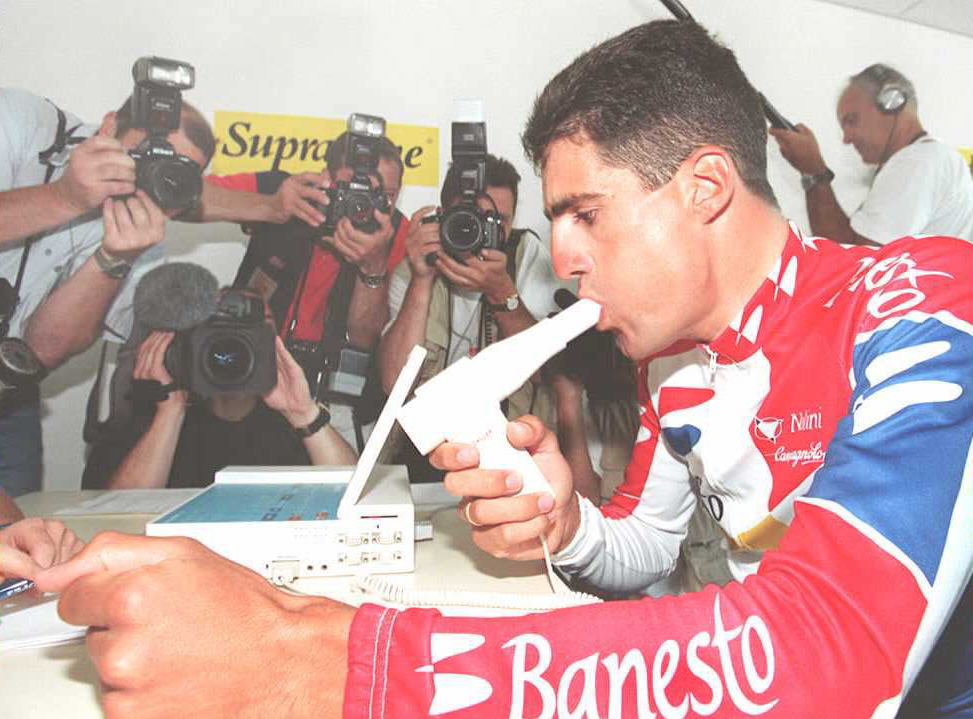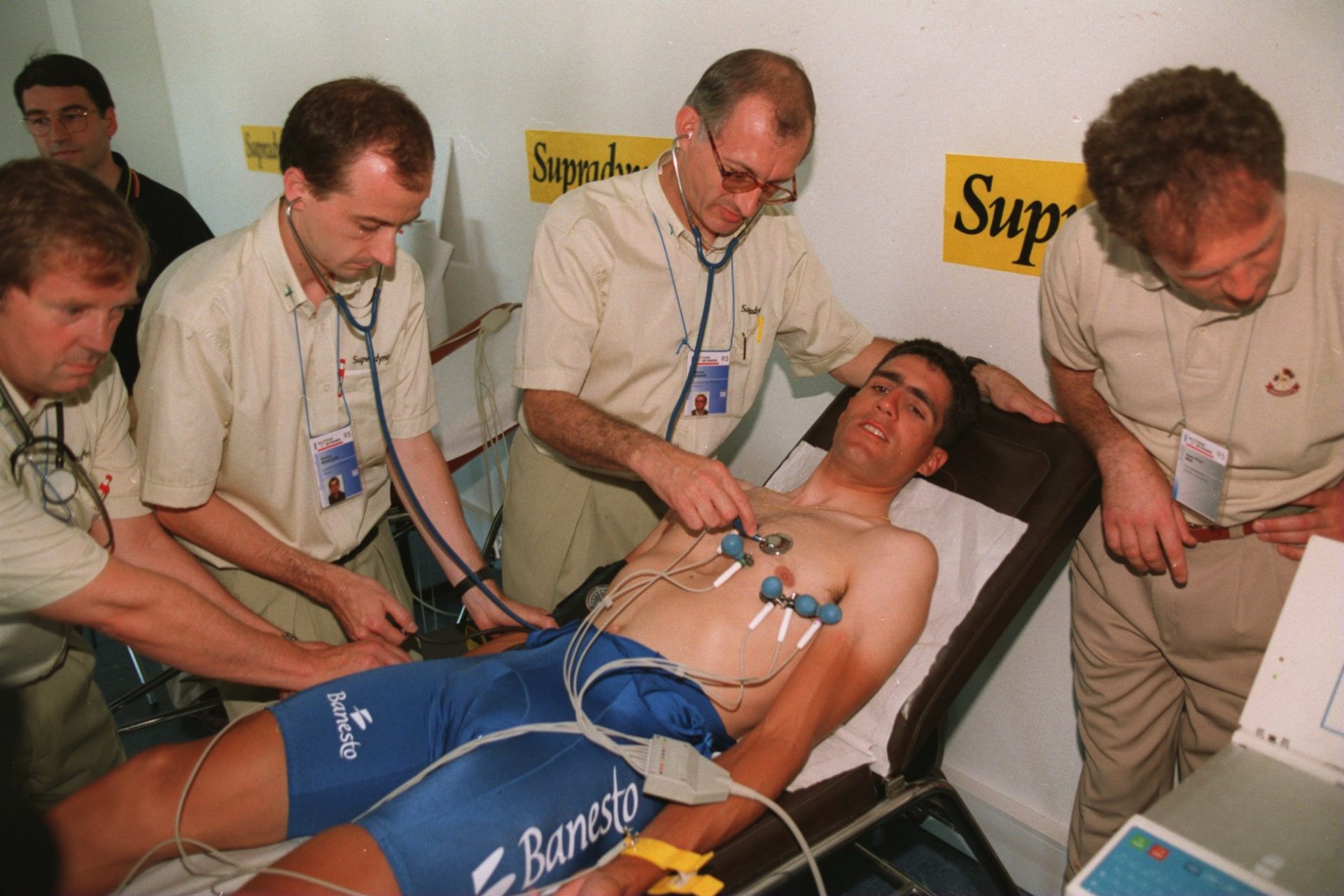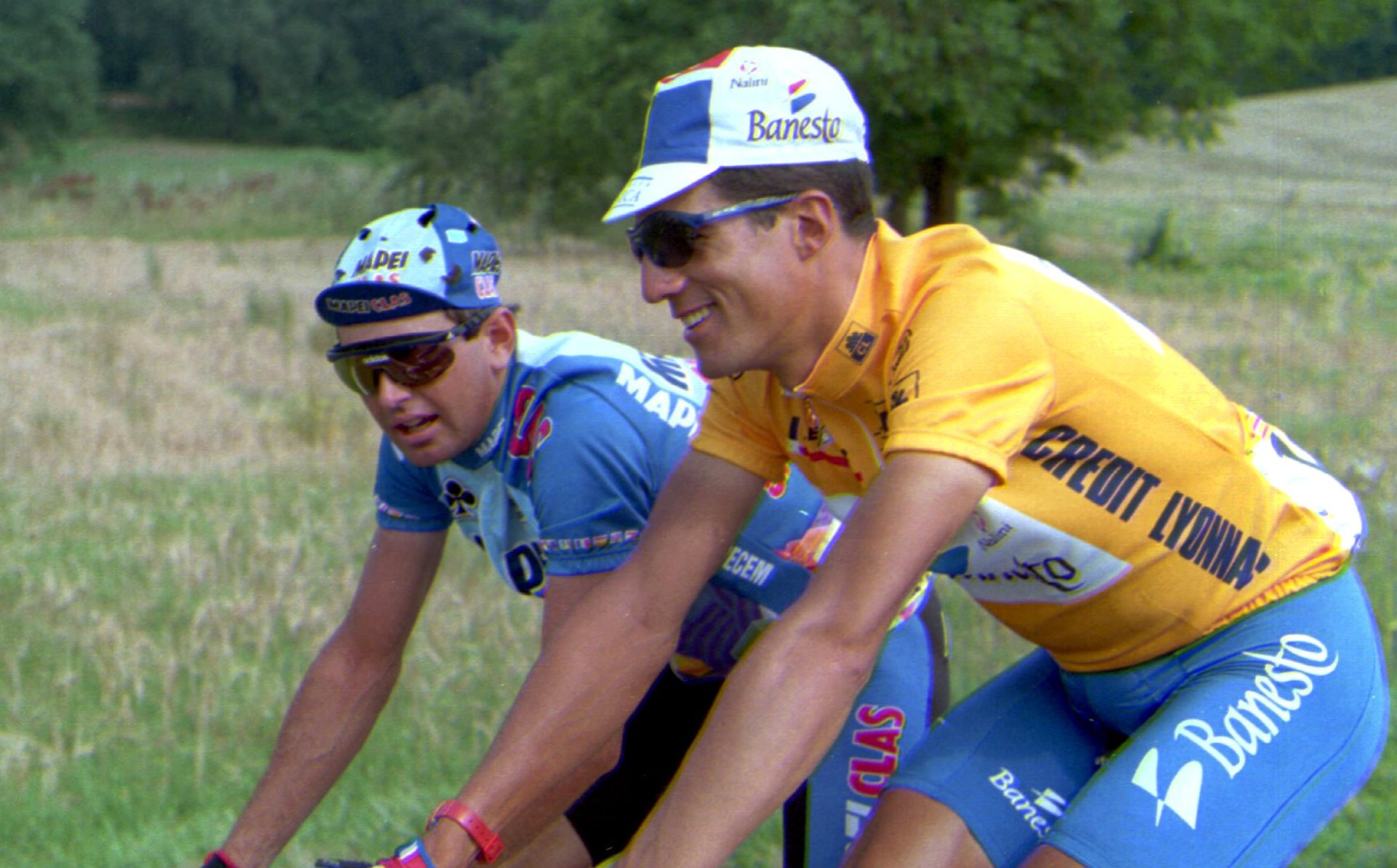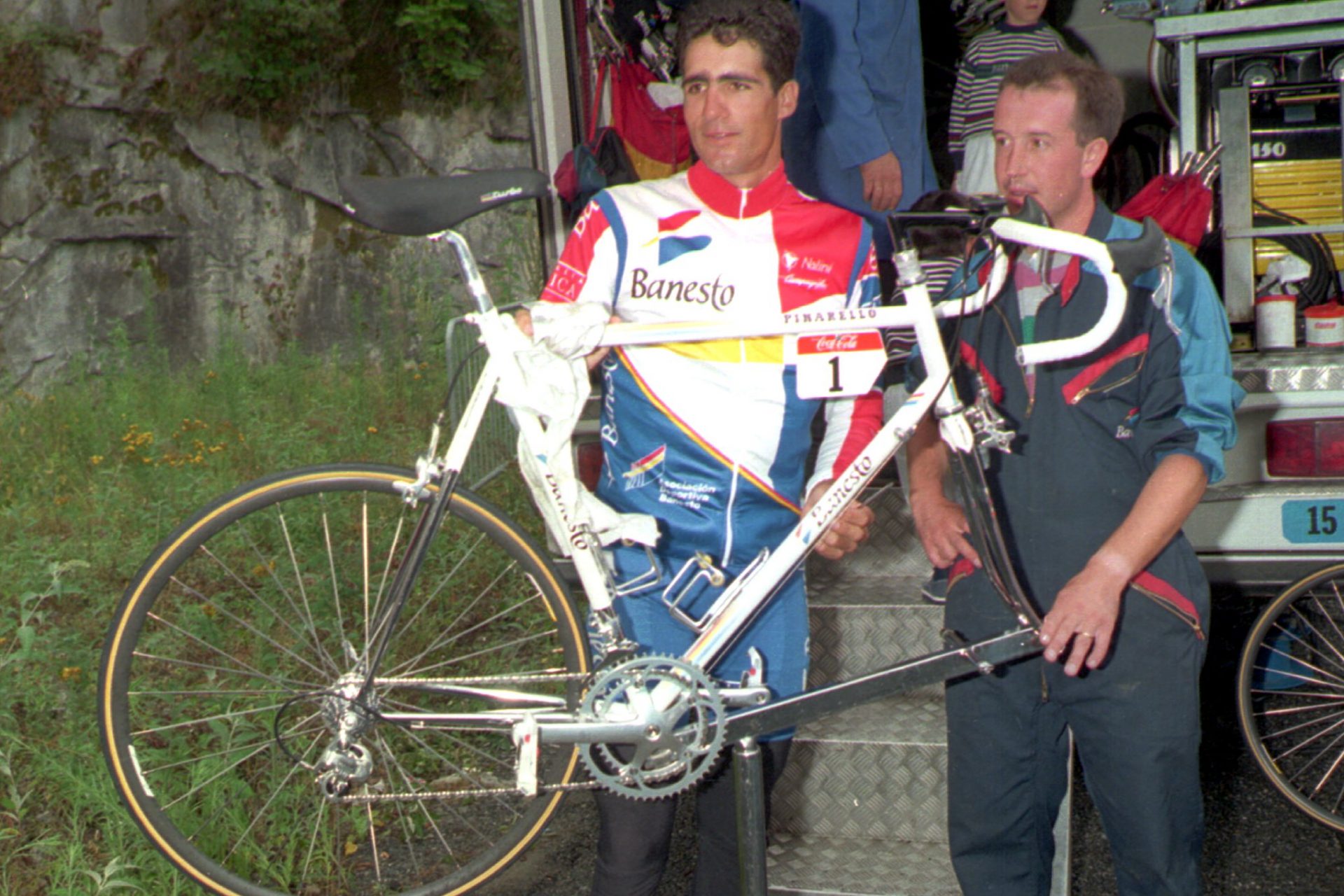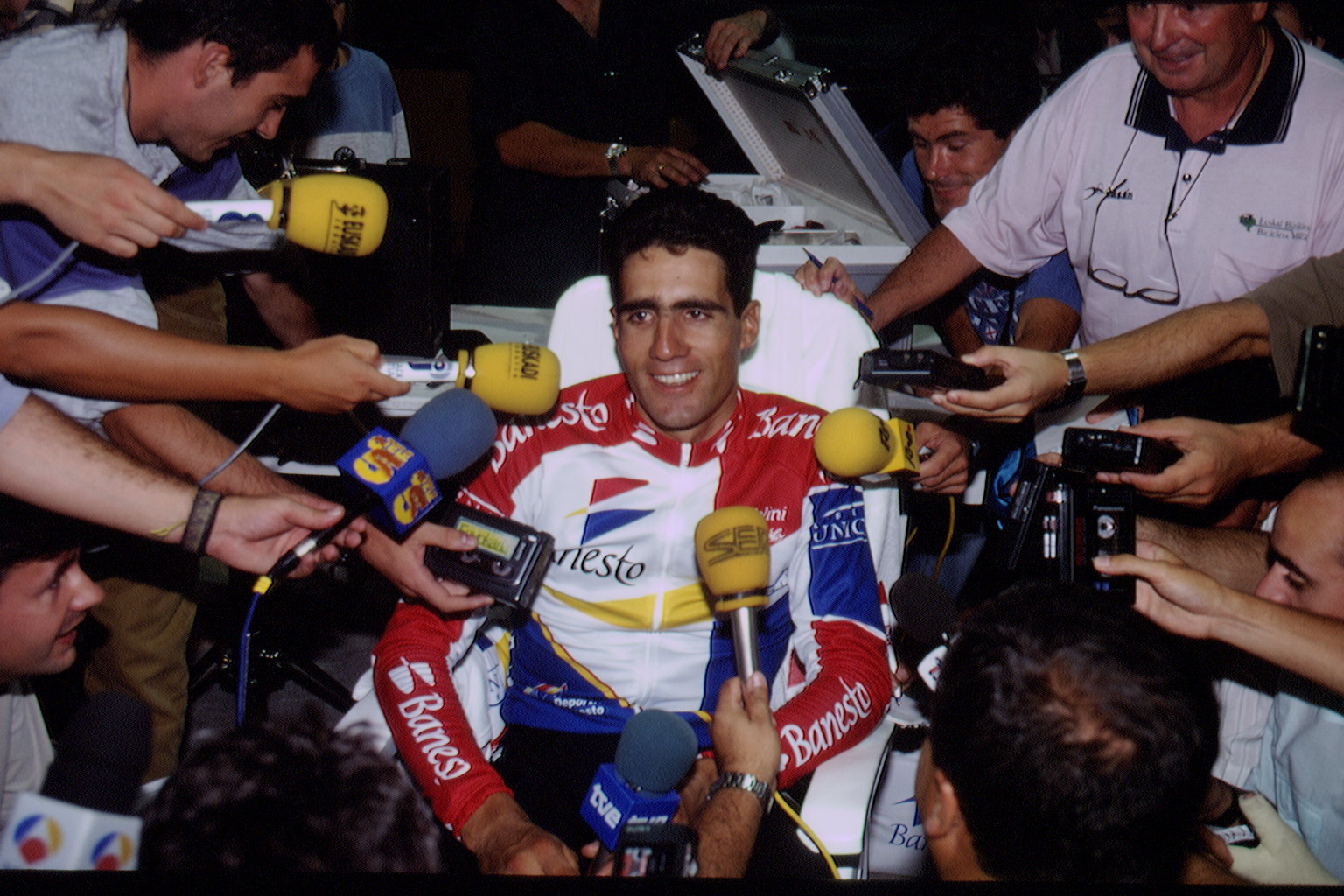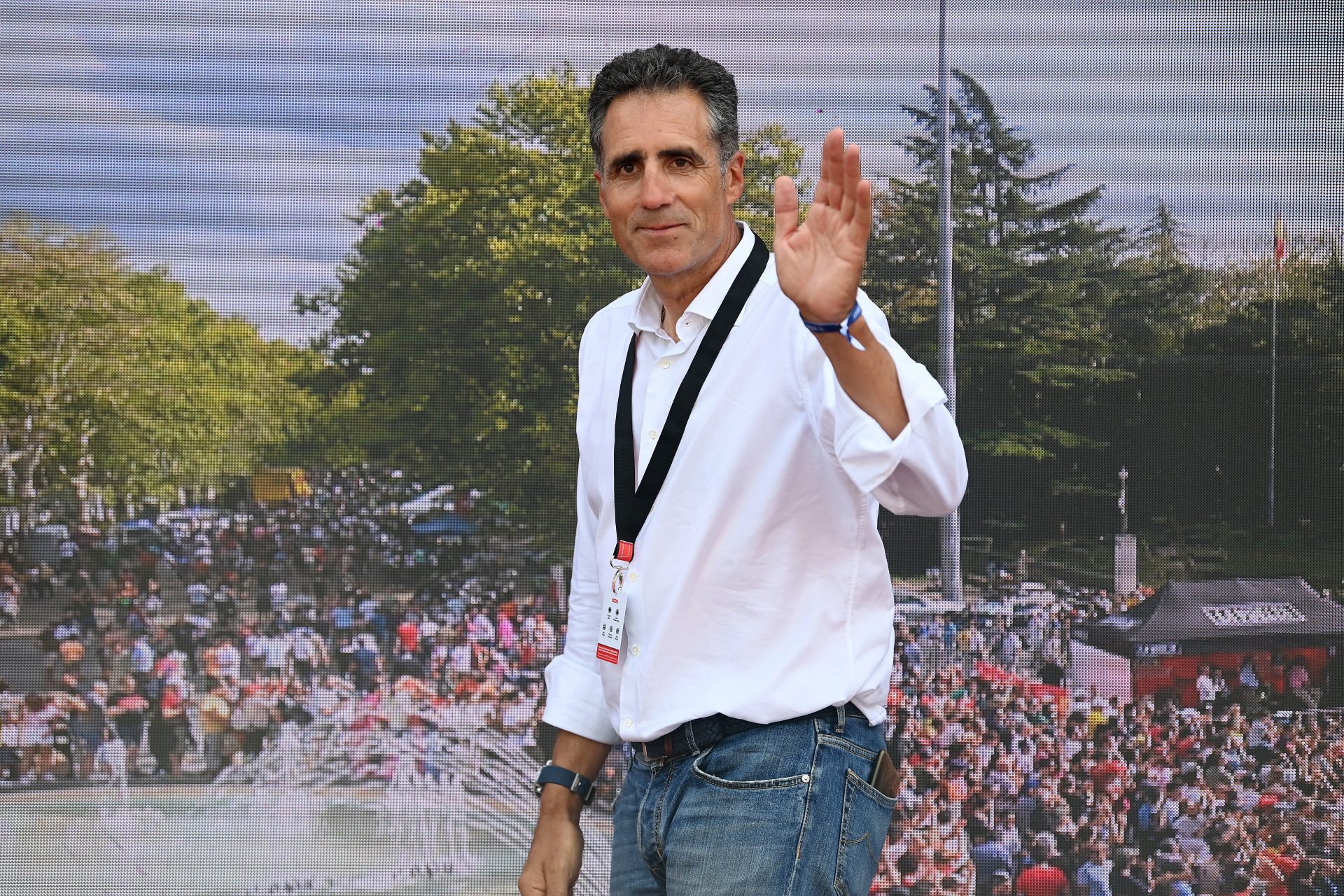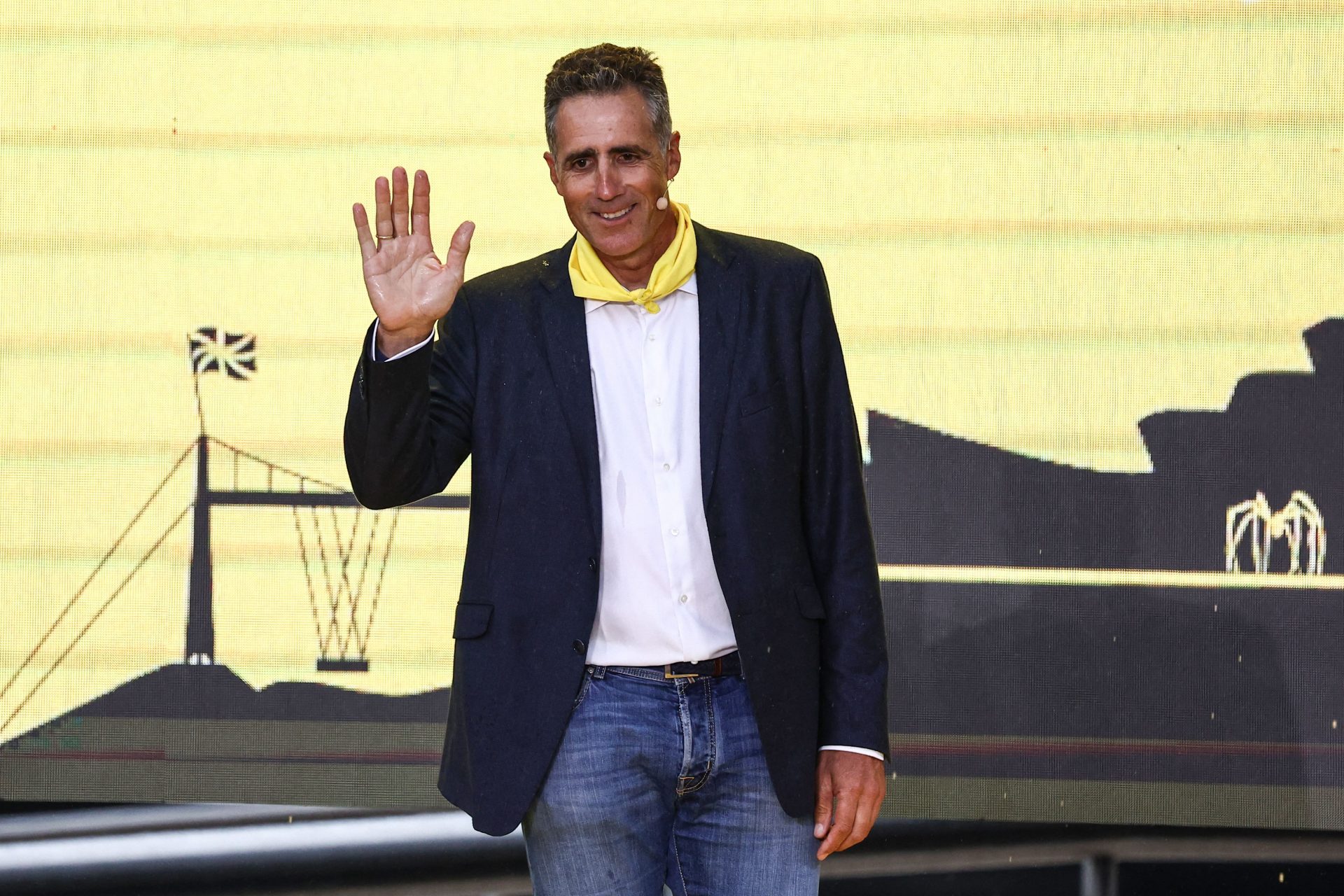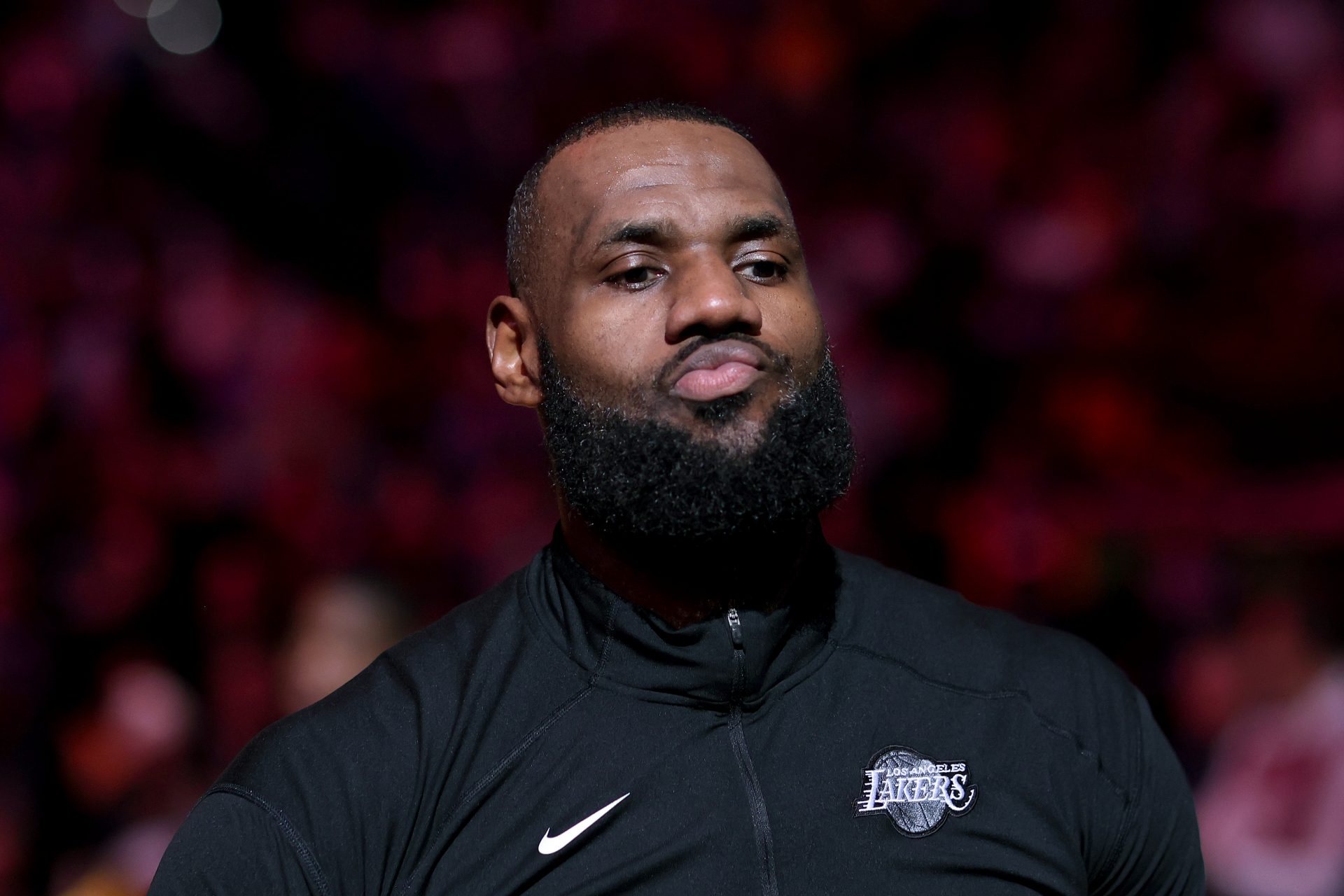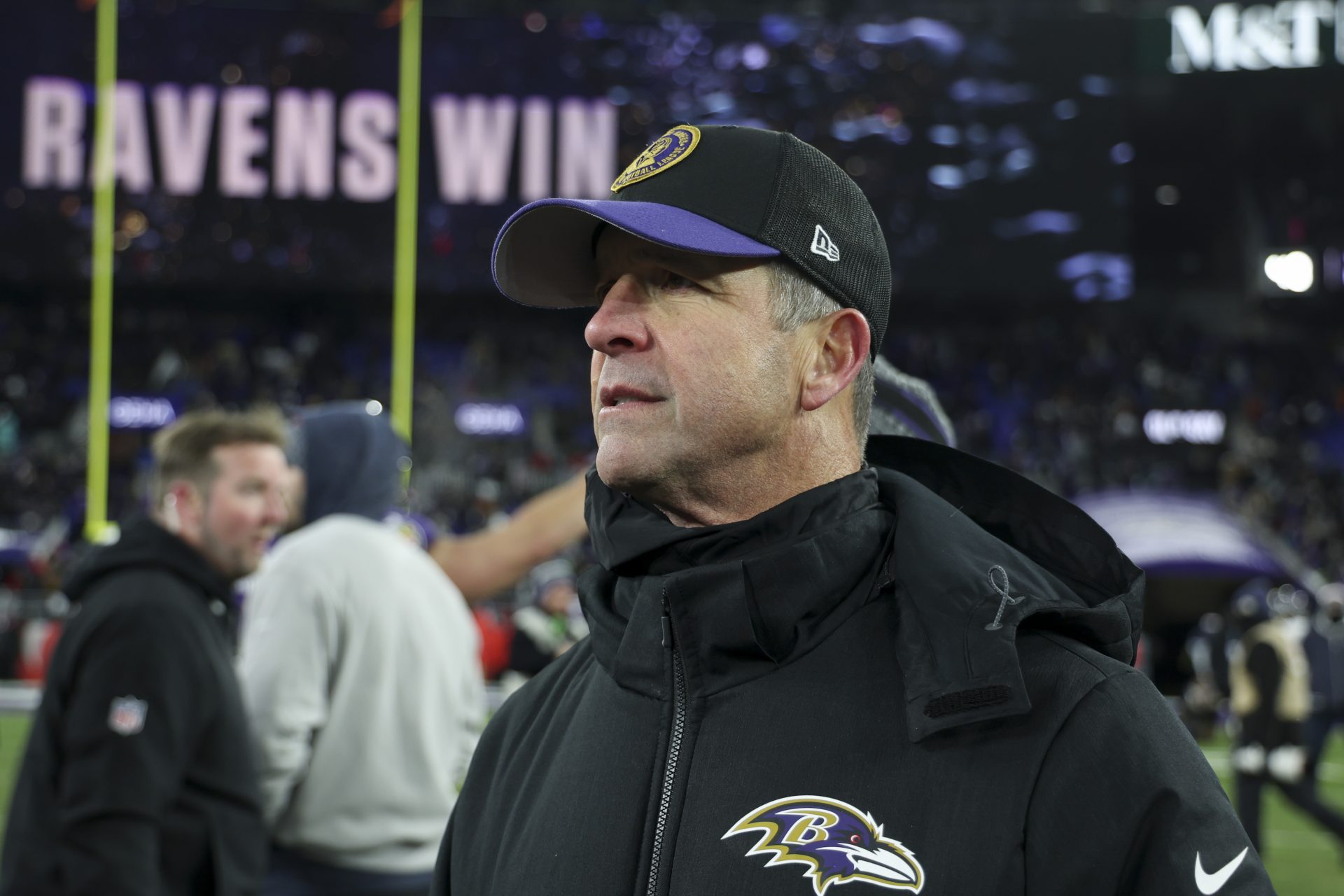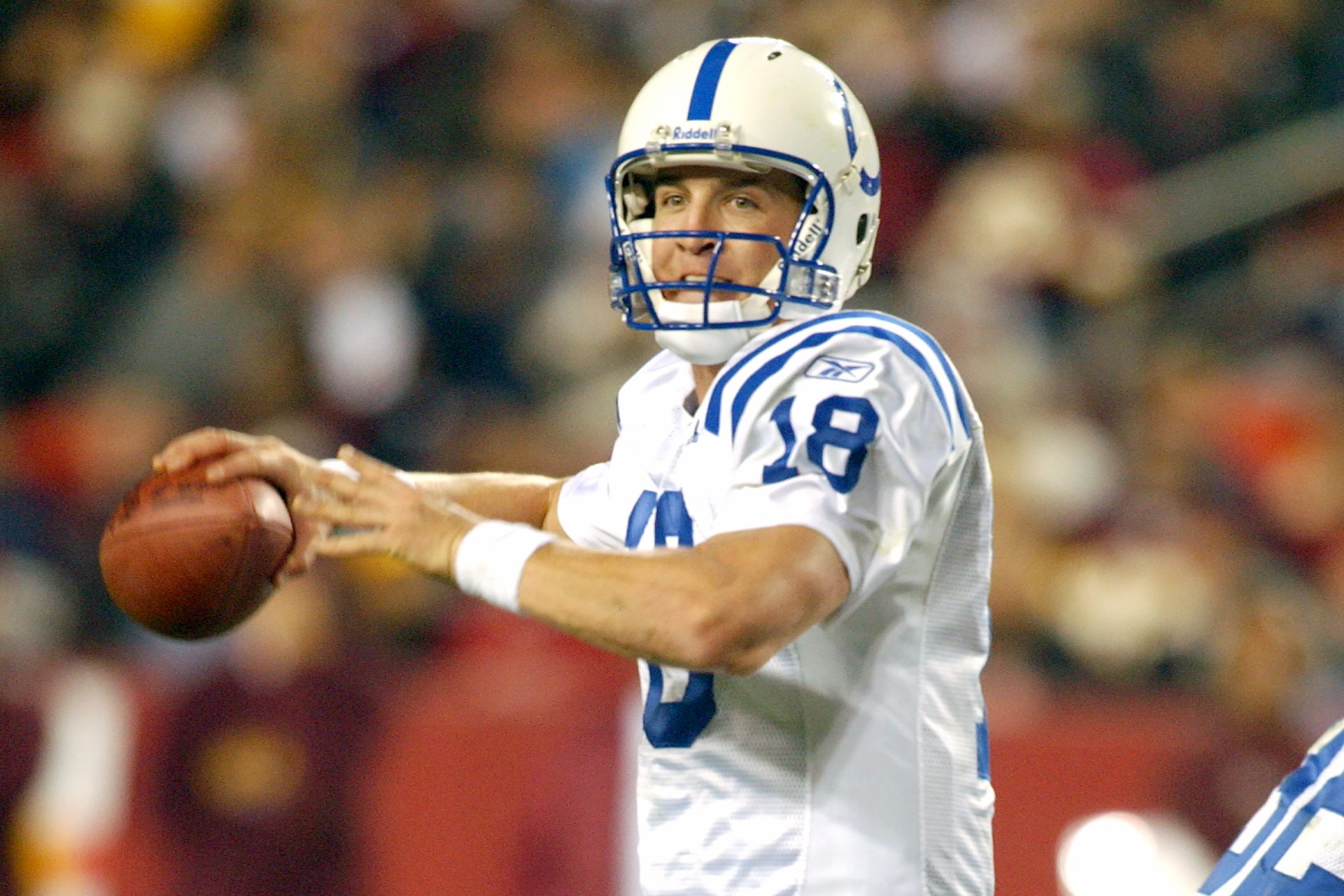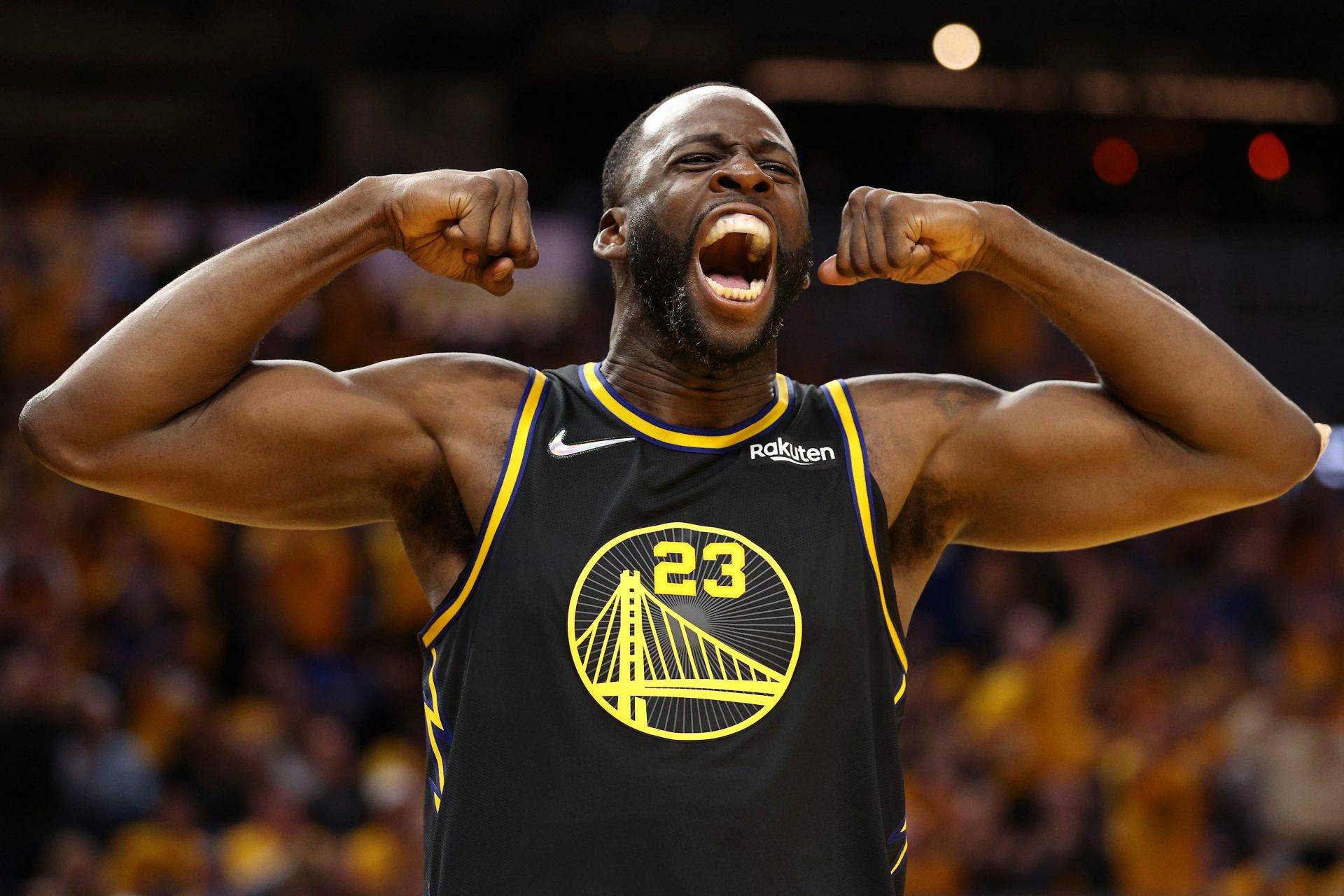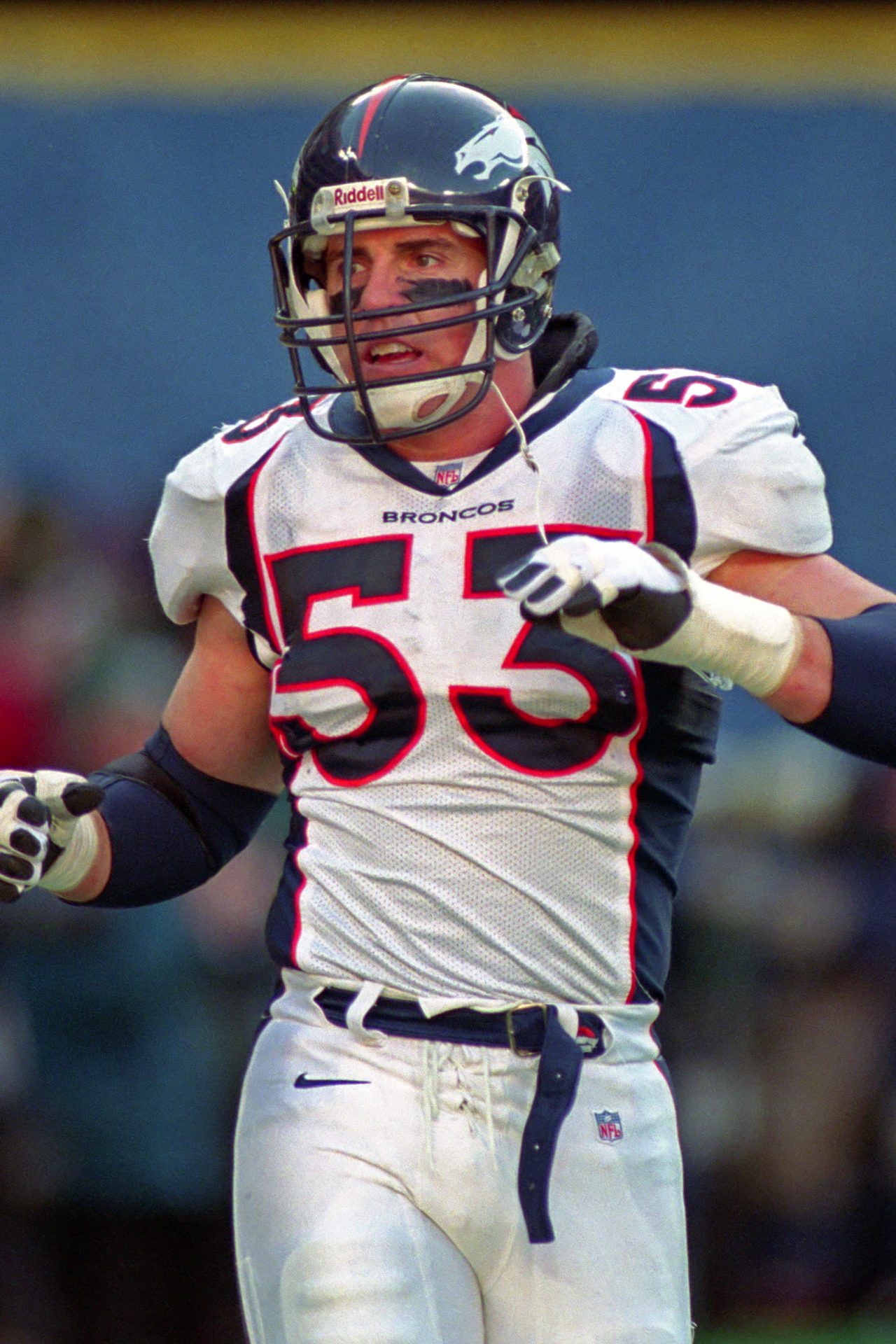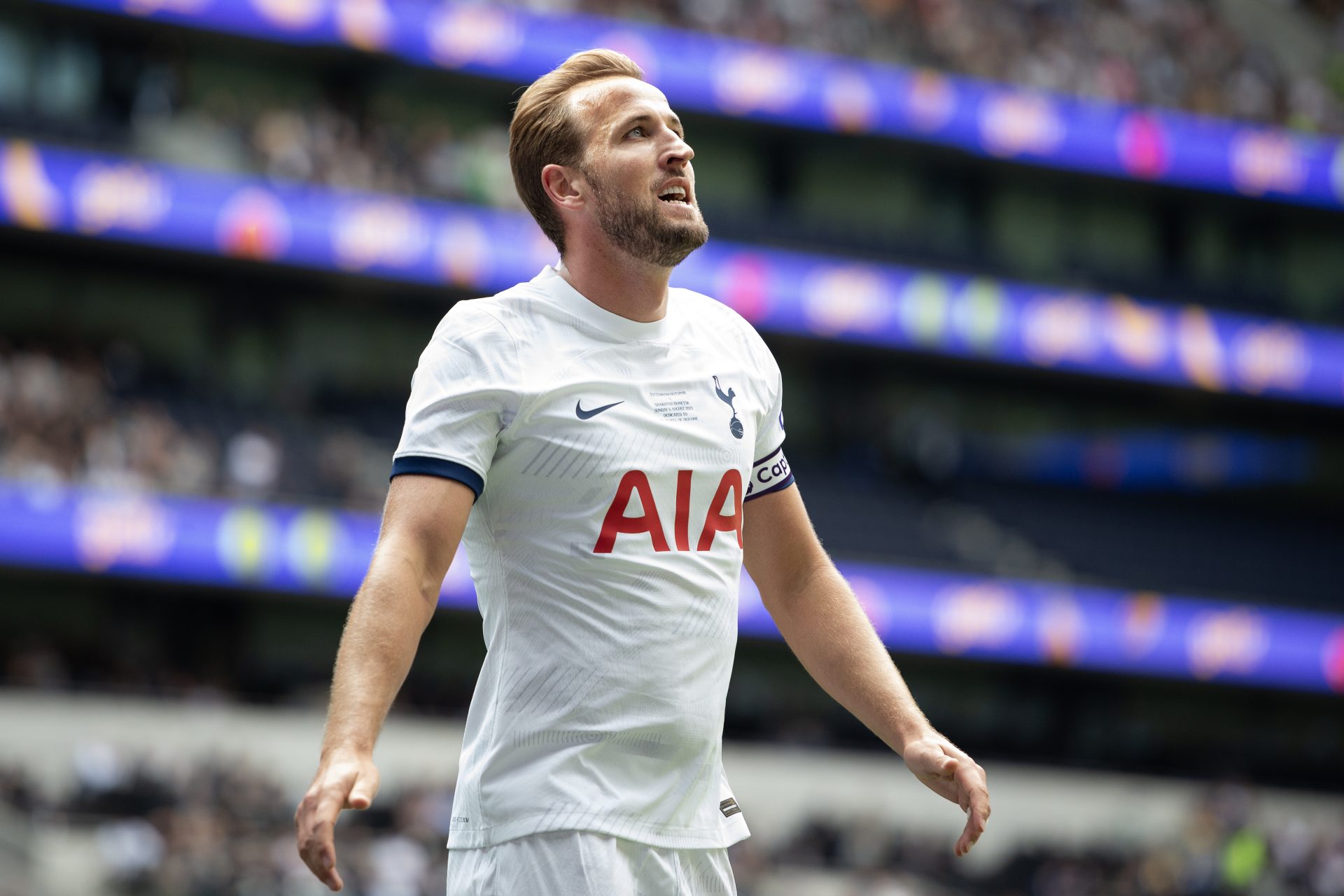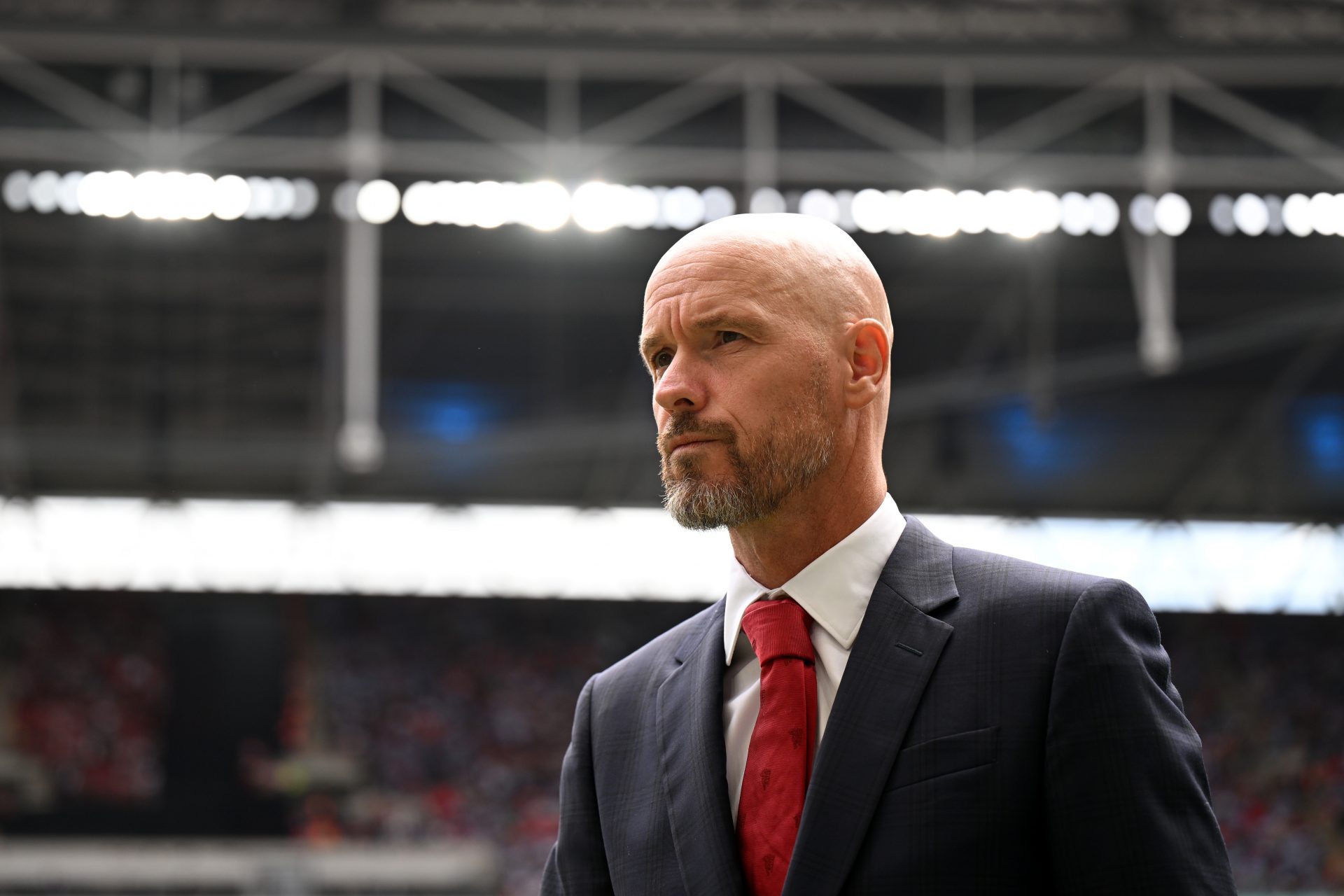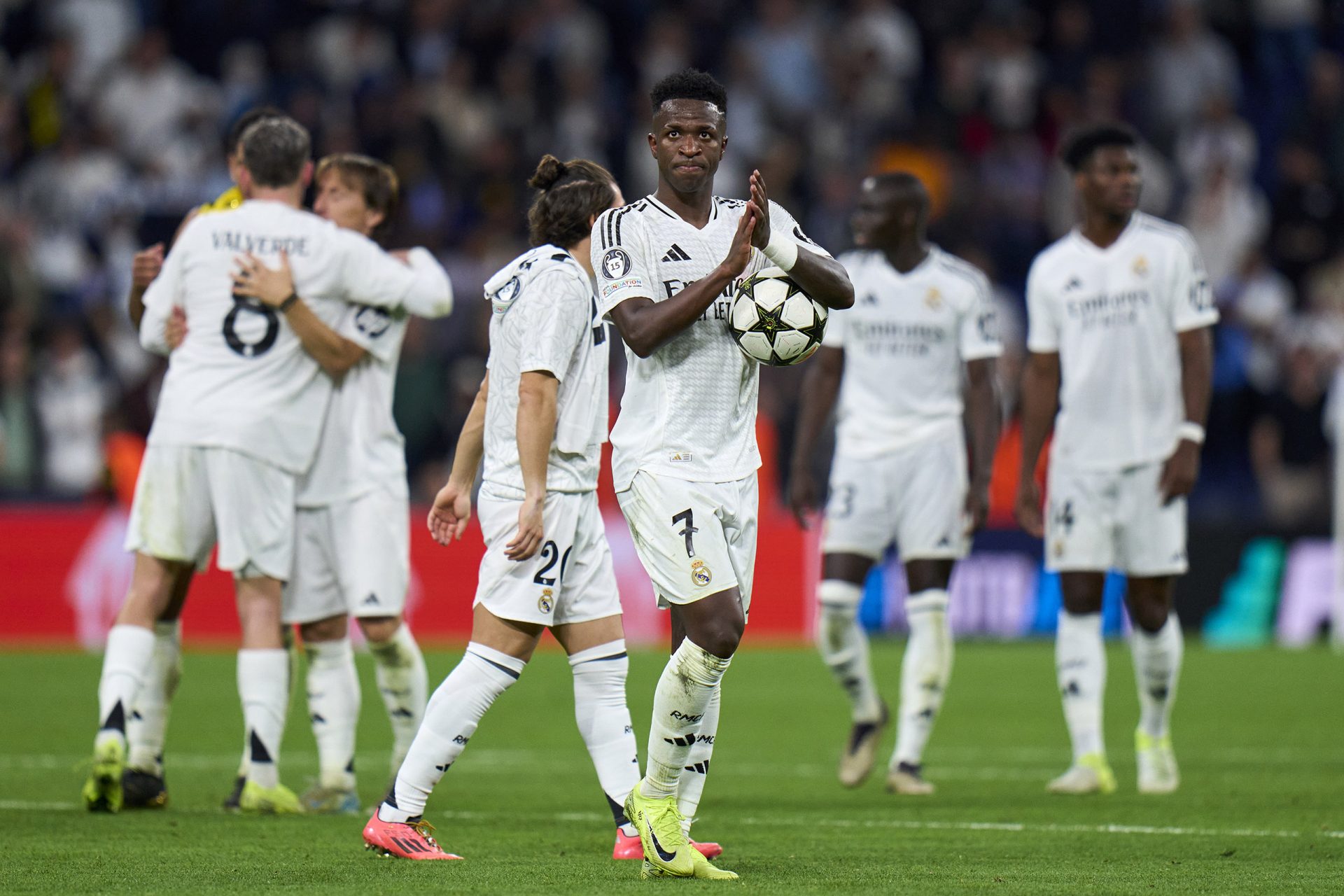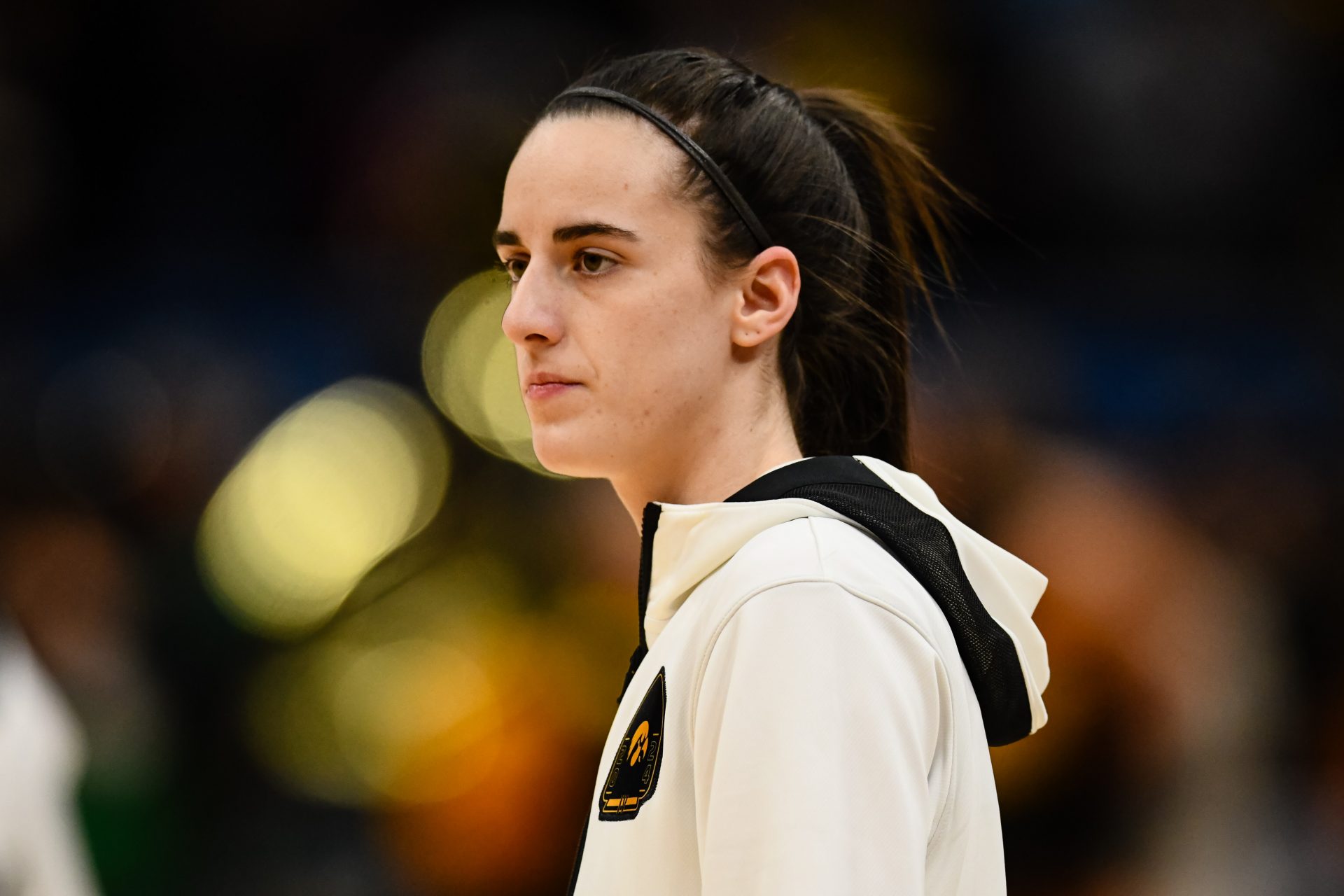What happened to Miguel Indurain, five-time Tour de France winner?
Winning five Tours de France is no mean feat, and only four riders have ever achieved it: Bernard Hinault, Jacques Anquetil, Eddy Merckx and Miguel Indurain. In this very exclusive club of five-time Tour winners, however, only one has managed the feat of winning them consecutively: 'the King' Miguel Indurain. All stats are sourced from ProCyclingStats, unless otherwise stated.
Want to see more like this? Follow us here for daily sports news, profiles and analysis!
Nicknamed 'the Extraterrestrial', 'the King' or 'Big Mig', the Spaniard reigned over world cycling for five years without being troubled by the doping authorities, despite testing positive for salbutamol in 1994, per The Independent. Let's take a look back at Miguel Indurain's career.
Miguel Indurain Larraya was born on 16 July 1964 in Vilava, Spain, the son of farmers.
Indurain was a particularly athletic youngster. His first exploits were in athletics, in particular in the 400 metres, where he became district champion in his age category, as fan club member Aitor David recalls in Outside Magazine.
He began cycling at the age of nine and in 1976, at the age of 12, he joined the Club Ciclista Villavés. A precocious rider, he won his first junior races in 1981 at the age of 16.
In 1982, he joined Eusebio Unzué's Reynolds team as an amateur. He won the Navarra championship and the Spanish amateur championship, results that earned him a place in the A team.
At the age of 20, he signed his first professional contract with Reynolds. He won a stage in the Tour of the Future that year and emerged as one of the great prospects of world cycling.
His managers then decided to take the young man on his first Grand Tours, and Indurain competed in the Vuelta for the first time in 1985, making a name for himself by taking the leader's jersey on the second stage. He finished the Vuelta 84th and also took part in the Tour de France afterwards, but fell ill and withdrew in the fourth stage.
In 1986, he won his first stage races in the Tour de la Communauté Européenne (now known as Tour of the Future) and the Tour of Murcia. He also took part in the Vuelta and the Tour de France, without any convincing results.
The following years were frustrating for Indurain, who struggled to convince. He retired twice in a row from the Vuelta in 1987 and 1988 and was criticised for his inconsistency in the high mountains, despite his exceptional time-trial skills.
However, the Spaniard's breakthrough came in 1989, when he won Paris-Nice in March. He followed this up with victory in the Critérium International, but broke his hand in the Vuelta, which he again failed to finish.
Building on this momentum, he won the ninth stage of the Tour de France in 1989 and finished the Grande Boucle 17th. He confirmed his status as one of the 'great prospects' of world cycling and took away the doubts about his qualities in the mountains.
The Spaniard was full of confidence now and won Paris-Nice again in 1990, before taking victory in the Clásica San Sebastián. He then finished seventh in the Vuelta and claimed his first top 10 finish in a Grand Tour.
In the 1990 Tour de France, Indurain sacrificed himself for his leader Delgado and finished 10th, almost 13 minutes behind winner Greg LeMond. However, his team realised that the Spaniard could have contested the podium, or even the win, had he not devoted himself to his leader.
In the absence of Delgado, Indurain was then considered the favourite for the Vuelta in 1991. He finished second overall after a complicated first week. It was his best result in a Grand Tour, but it did not convince the specialised press of his ability to win a Grand Tour.
Indurain and Delgado then started the Tour de France as co-leaders of the Banesto team. After a timid start, the Spaniard won the time trial on stage eight and then took the yellow jersey on the queen stage at the Tourmalet.
Want to see more like this? Follow us here for daily sports news, profiles and analysis!
After resisting the attacks of his chasers at l'Alpe d'Huez, he won his second time trial and consolidated his first place. At the age of 27, he won his Tour de France in 1991.
The defending champion, Greg LeMond (pictured), was completely lost and expressed this in a column for French paper Le Monde in 2009: "Unheard-of speeds became the norm. Good riders, but not patent champions, began to dominate the sport. Those who had been at the top until then had become too old, too fat or too lazy to maintain their position."
This victory marked the beginning of the Spaniard's long reign of the world circuit. In 1992, he pulled off the Giro-Tour de France double, twice beating his Italian rival Claudio Chiappucci by more than four minutes.
The following years were successful for Indurain. After his first Giro-Tour double, he repeated the feat in 1993, but lost out to a young American, Lance Armstrong, in the World Championships.
On 15 May 1994, however, Indurain tested positive for salbutamol, a product that is used to treat asthma, as several media, such as 'The Independent', recall. However, the Spaniard was cleared in September and not punished by the French Professional Cycling League, according to American newspaper Deseret News at the time.
After an exceptional 1993 season, the Spaniard emerged as the ultra-favourite for the 1994 Giro, but then the improbable happened: beaten in the first time trial, 'the King' Indurain suffered a breakdown in the mountains and had to relinquish his throne by finishing third in the Giro behind Russia's Berzin (pictured) and Italy's Marco Pantani.
Vexed by this setback (the first in a major Tour since 1991), Indurain took his revenge in the Tour de France, where he crushed his opponents. Untouchable in time trials and in the mountains, he won by more than five minutes ahead of Russia's Piotr Ugrumov.
Insatiable, Indurain decided to take on a new challenge: breaking the hour record. On 2 September, at the Bordeaux velodrome, he beat the record then held for several months by Graeme Obree by covering 53.040 kilometres in one hour, as Eurosport recalls. To achieve this feat, he skipped the World Championships.
However, suspicions of doping became more and more pronounced. According to the BBC, Frenchman Thomas Davy, Indurain's team-mate at Banesto in 1995, said during the Festina trial in 1999: "In Banesto, there was a system of doping with medical supervision."
"No one ever managed to find out. Those injections were systematic during major events such as the Tour de France (...) We suspected that they must have been something other than recovery products. We generally rode better after those injections (...) I was also given Pantestone capsules."
1995 was Indurain's last year at the top of world cycling. The Spaniard won his fifth Tour de France, more than four minutes ahead of Bjarne Riis, and made history by becoming the first rider to win the Grande Boucle five times in a row.
That year he also won the World Time Trial Championships, the Tour of Galicia and the Tour of La Rioja.
The 1996 Tour de France was the last of the Spaniard's career, who finished more than 15 minutes behind winner Bjarne Riis and, despite winning the Olympic time trial, announced his retirement at the end of the year after turning down offers from several teams.
In 1998, he set up the Miguel Indurain Foundation to promote sport in Navarra, as is explained on the foundation's website. A man who has always proclaimed his love of agriculture, in 2009 he lent his support "to choice of final designs for the new official EU Organic Logo," as the European Commission announced on its website.
The Spanish rider is also involved in a number of projects, including sports shops, real estate agencies and advertising. He is also an ambassador for Santander Bank, which owns Banesto Bank, the sponsor of Indurain's team during his career.
Want to see more like this? Follow us here for daily sports news, profiles and analysis!
More for you
Top Stories



